
MEL Chemistry is a subscription box for kids ages 9-14 that sends all of the materials you need to complete 2-3 chemistry experiments every month. This is perfect for kids who are interested in science or for homeschool students!

This box was sent to us at no cost for review. (Check out the review process post to learn more about how we review boxes.)

About MEL Chemistry
The Subscription Box: MEL Chemistry
The Cost: $34.90 per month
The Products: Everything you need to conduct 2-3 chemistry experiments each month safely in your own home!
Ships to: The U.S. and UK for free. International shipping to select countries is also available, although there may be additional shipping charges depending on location.
MEL Chemistry Tin Review November 2019
At the top of our box this month was a little note about motivation and its importance along with a few tips on how you can motivate your child. I thought this was a nice note that should be relevant for most parents!
This month our experiments are focusing on Tin and the contents were listed on the back of our box. You may note that they list a few items that we need to get from our Starter Kit.
Note: The following items did not come in this month's kit!
Starter Kit
Your free starter kit (valued at $50) will come in your first shipment. It includes all of the equipment you'll need to conduct your experiments each month and even includes some accessories for your tablet or smartphone to help you access all of the information they provide in their apps. To see more details about everything we received in our kit, you can check out our review here!
VR Headset
Also included with our Starter Kit was this virtual reality headset. This cardboard headset folds up easily and then you slip your phone into the slot and use their free MEL VR app. The app opens up in a lab where we have the opportunity to learn about different molecules and atoms and explore them closely. This is so great for gaining a deeper understanding of what happens throughout our experiments and as a fun extension to our lessons!
The items from our kit that we needed for our experiments this month included the tray to work on, our safety goggles, our tablet/phone stand, and our macro lens to take photos with. Now let's get to the experiments for this month!
Our materials came packaged neatly inside this box with everything we needed for our experiments. The top of our box instructed us on what to prepare before we got started and also provided directions for how to open a bottle.
Inside our box was an instruction sheet for the parents including some safety warnings, advice, and general first aid information. The directions for the projects are pretty thorough and can be found in this booklet, on the individual experiment cards or in the app. Having this separate sheet for the parents is great so kids can work independently, but parents can also follow along for supervising.
Experiment 1: Tin Hedgehog
Our first experiment was to create a tin hedgehog. They provided this card that contained all of the necessary information such as safety, disposal and the directions complete with colored illustrations. The front gave a brief descriptor of what to expect and also provided a scale to rate the difficulty and danger of the activity as well as the duration. On the back was a little box we could scan with our app which allowed us to open directly to the experiment on our phone. Of course, this is optional since you have everything you need on the experiment card, but I liked the interactiveness of the app instructions.
I set the phone in our stand and we clicked the "start experiment" button to begin. They provided information on safety, troubleshooting and even a scientific description of what happens during the experiment. There was also a follow-up section and a "that's interesting" section.
First, we checked out the safety section and prepared by putting on our gloves and our protective eyewear. They sent a pair of small gloves and a pair of large gloves so that an adult assistant can help.
The app provided thorough instructions about what materials we would need from our starter kit and what we would need from our set. I took everything out and set it up.
They provided several bottles of sodium hydrogen sulfate and Tin (II) chloride dihydrate for our experiments.
All of our chemicals are clearly labeled and include information about any hazards. They provided enough materials for us to complete our experiments several times. Each label also contains a little code that we can scan with our forward-facing camera to open up for more information about our chemicals. We are able to view it in 3D or even in virtual reality by using the VR app and our headset.
The app instructions were very clear and even animated to show us what to do! The first step was to pour the red bottle contents into the green bottle.
Then I added a nozzle and a red lid to the top of the bottle and closed it up.
Then I gave it to my daughter to shake up for 30 seconds. There was even a little timer for us to use in the app.
Then I filled this small vial halfway with the solution.
Then I placed one of these zinc pieces inside. There were several more in our bottle for us to use at a later time.
Now it was time to watch and wait for 15-20 minutes. Fortunately, they provided another in-app timer and a video about tin for us to watch while we waited! This made the lesson feel so complete and more like a traditional chemistry lesson you might take in school which I thought was great!
When the time was up, we saw that our "hedgehog" had grown and there were spikes everywhere.
I used the macro lens to take some close up pictures of our hedgehog. It was really cool to see it growing before our eyes, even though it was a slower process!
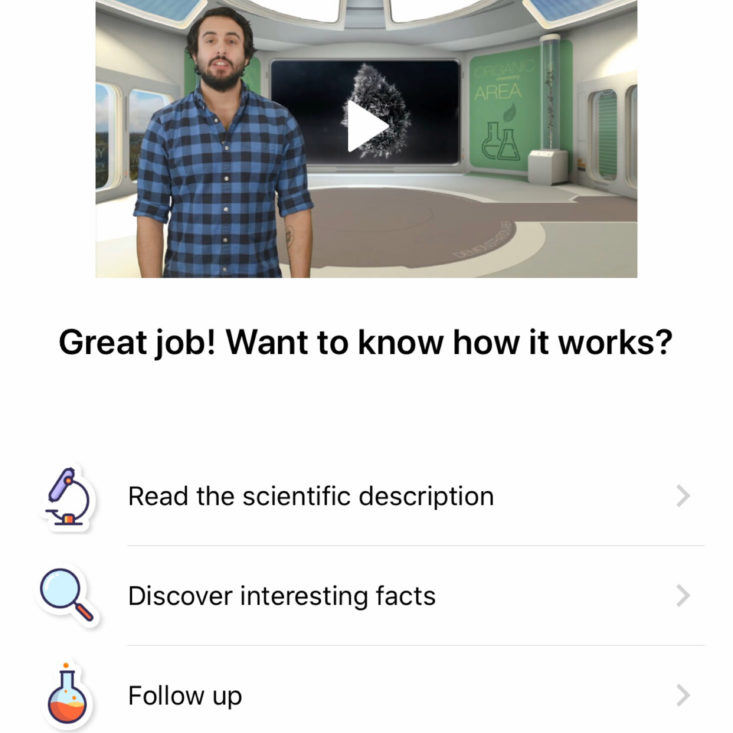
Once we were finished, the app provided a few extension activities including a video on how it worked and some interesting facts. They also ask you if the experiment worked and to rate the experiment.
Experiment 2: Tin Dendrite
Our next experiment was to make a tin dendrite.
I did have to provide 4 AAA batteries this time, but they provided everything else we needed including some crocodile clips (I've always called them alligator clips! Anyone else?), a battery pack, liquid soap, and two Petri dishes.
We started the same way we did for our first experiment; we added the contents of the red bottle (sodium hydrogen sulfate) to the green bottle (Tin (II) chloride dihydrate). Then I added a nozzle and a red cap and shook it up for 30 seconds.
I added the solution to our dish and then since it didn't cover the whole surface I added two drops of liquid soap.
Somehow this actually caused the water to spread over the entire surface!
Then I clipped one end of each crocodile clip wire to either side of the dish making sure it was touching the solution.
I clipped the other ends of the wires to the battery pack matching up the red to the red wire and the black to the black wire.
Then we watched our dendrite grow and grow! So cool!
Here is what it looked like after a good bit of time. I tried to get a good close up with the macro lens, but I'm still learning how best to use it!
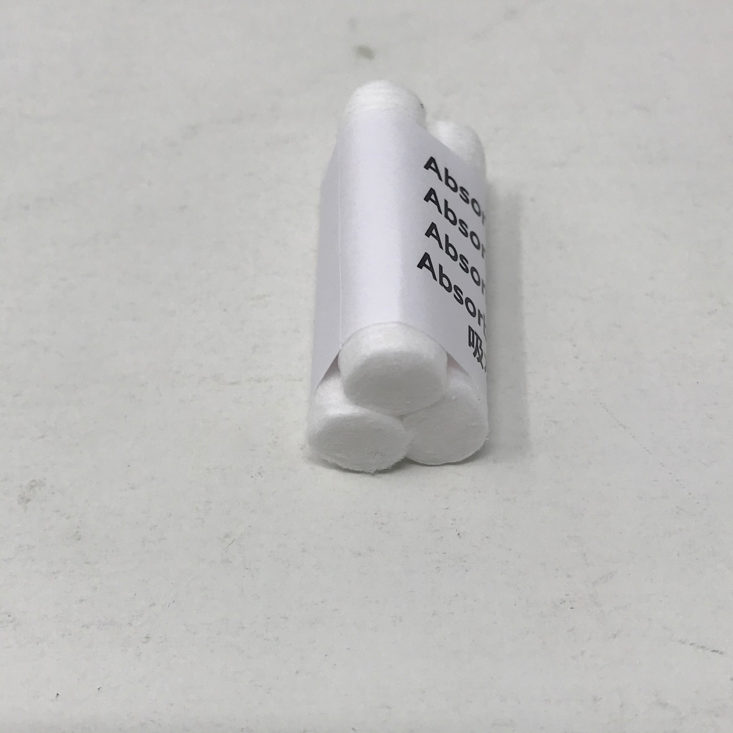
So the only thing I'm not totally sure about in our box is what these absorbers are for. I believe that maybe they are to help with the disposal and to soak up any solution before we toss it? But I didn't see them mentioned anywhere so I can't be sure! They may also just have been part of our packaging to cushion the chemicals.
Verdict: MEL Chemistry is such a cool subscription! The experiments are fairly simple, but the instructions and execution are so carefully thought out and complete. I love that we have such official scientific (and quality) equipment to use from our Starter Kit to conduct these experiments and that they provide enough materials for us to conduct them multiple times. I also like how interactive the app is and how the VR headset can be used as an extension of the activities. Everything comes together to feel like a complete chemistry lesson and a very unique educational experience! I think this was a really cool way to experience the magic of science for $34.90 + free shipping!
To Wrap Up:
Can you still get this box if you sign up today? Yes, it is possible that you will receive this set. From MEL Chemistry:
"The topics are looped such that the start date of your subscription does not matter; you will eventually receive all the experiment sets."
Check out our other MEL Chemistry reviews and our list of the best subscription boxes for kids, as recommended by MSA readers!
Keep Track of Your Subscriptions: Add MEL Chemistry to your subscription list or wishlist!
What do you think of MEL Chemistry?


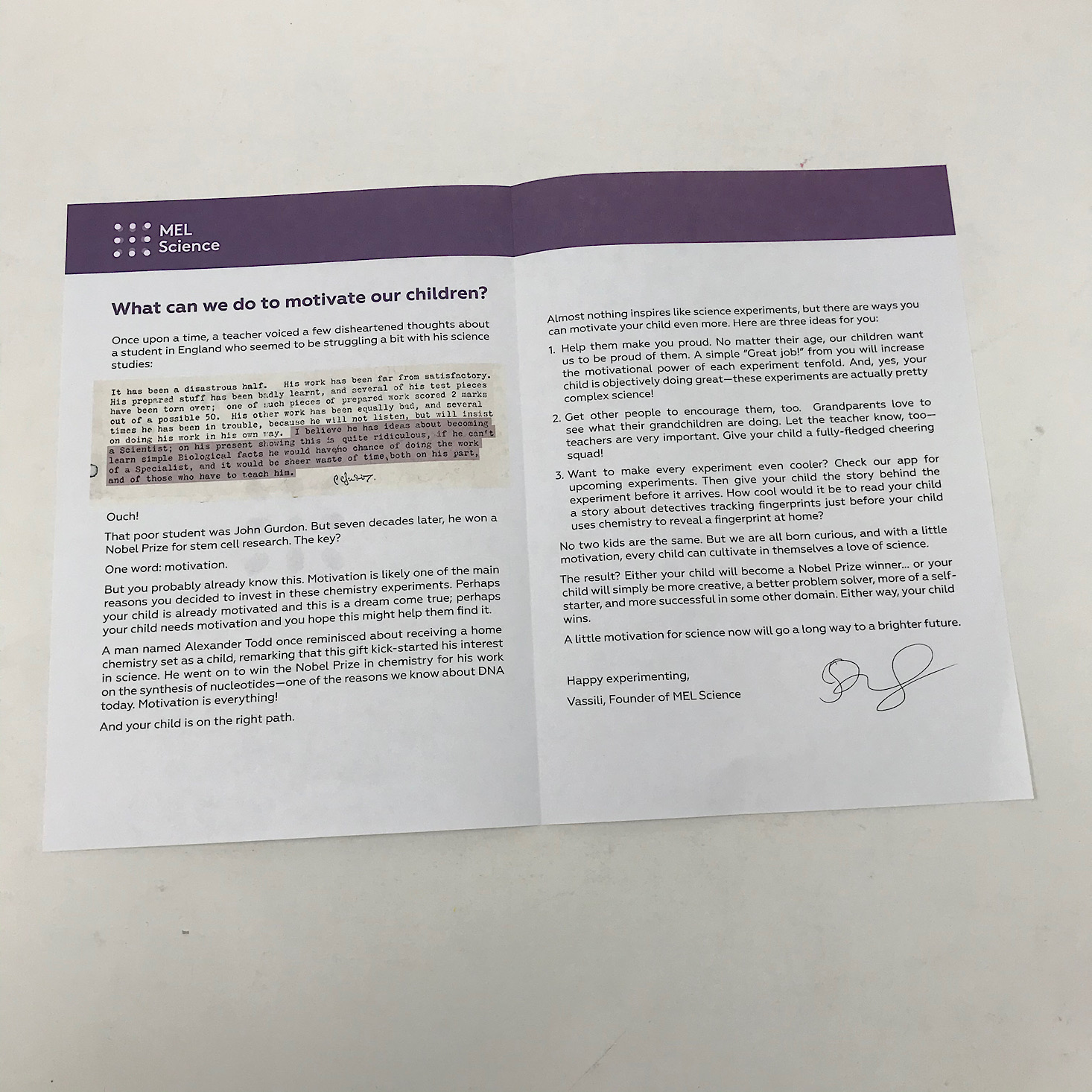


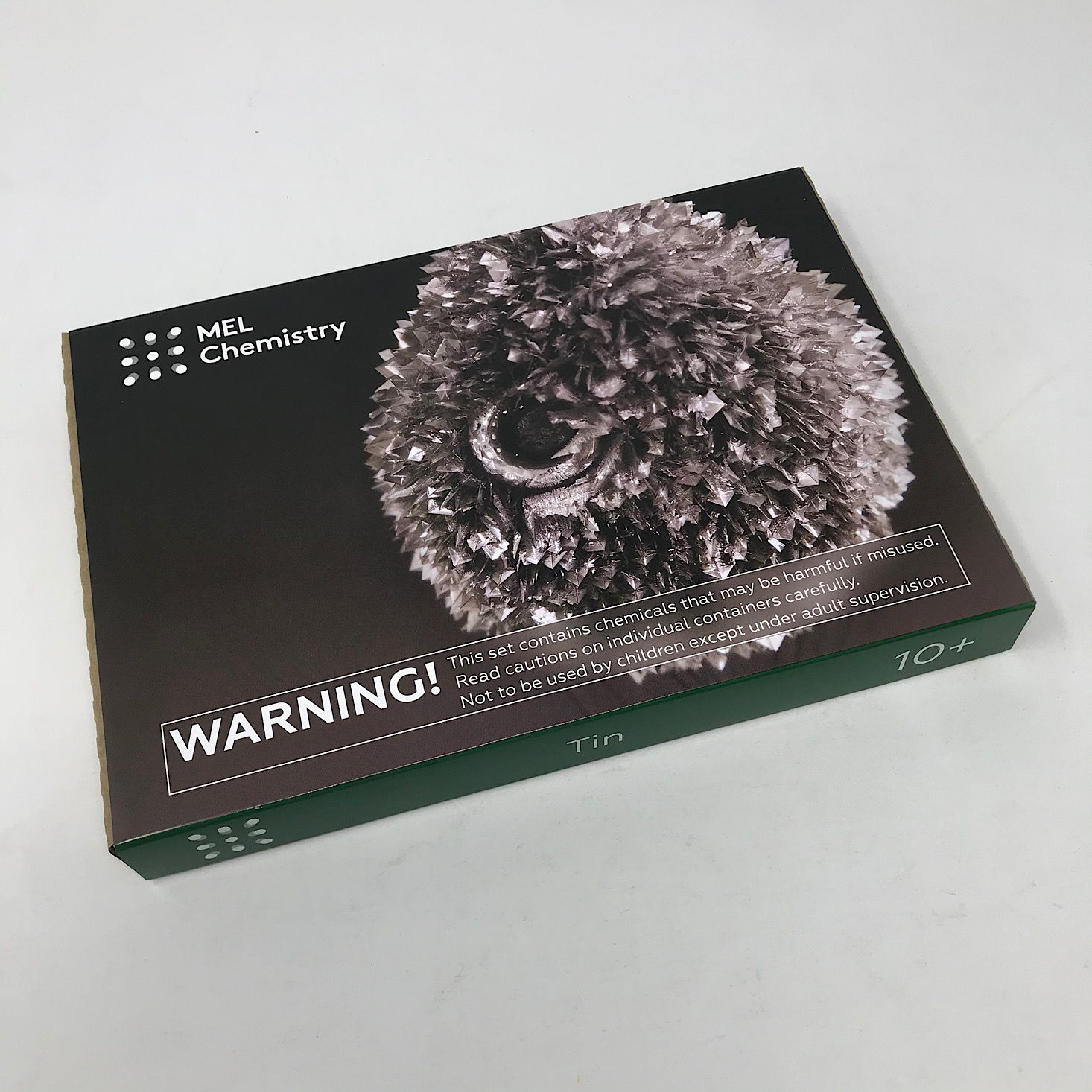


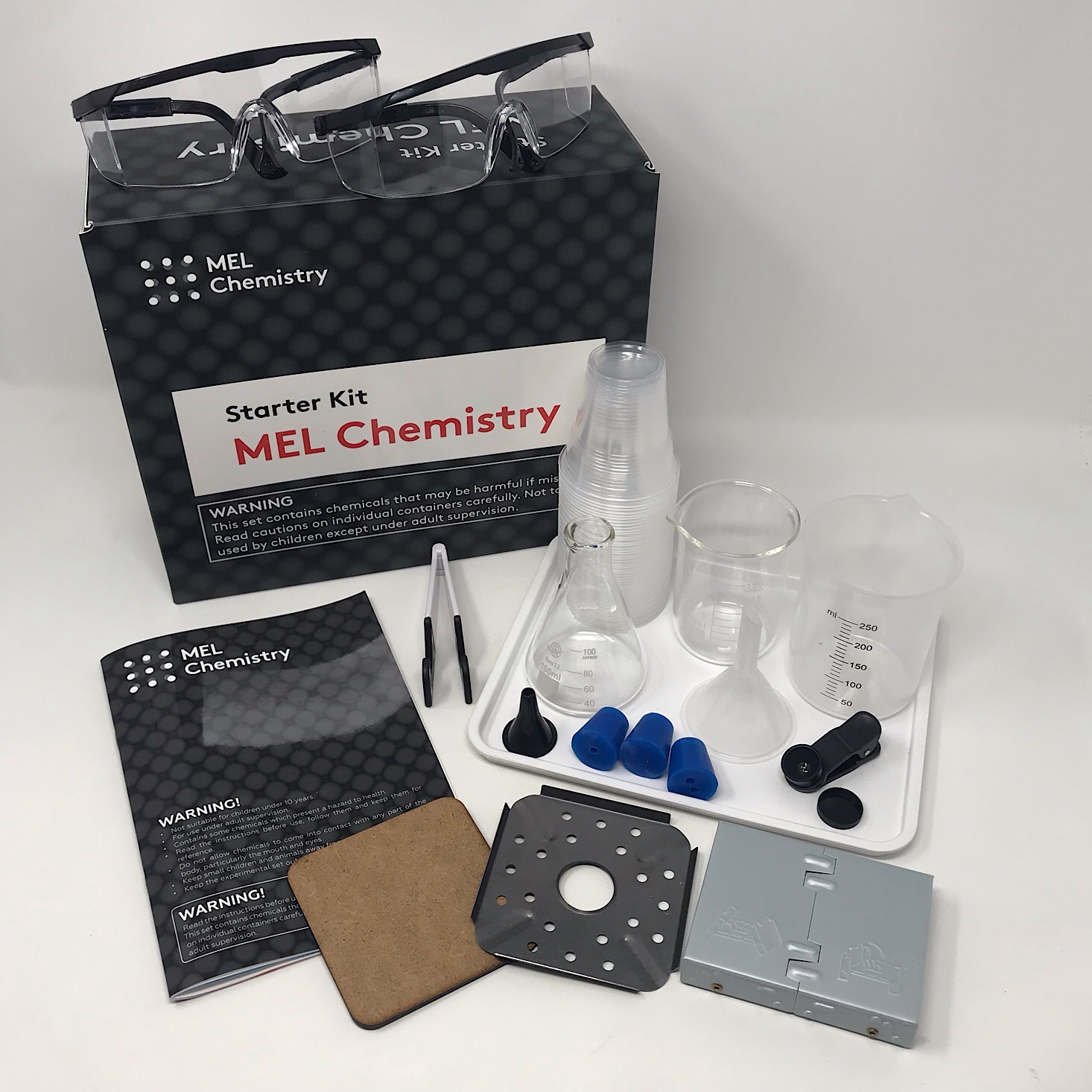
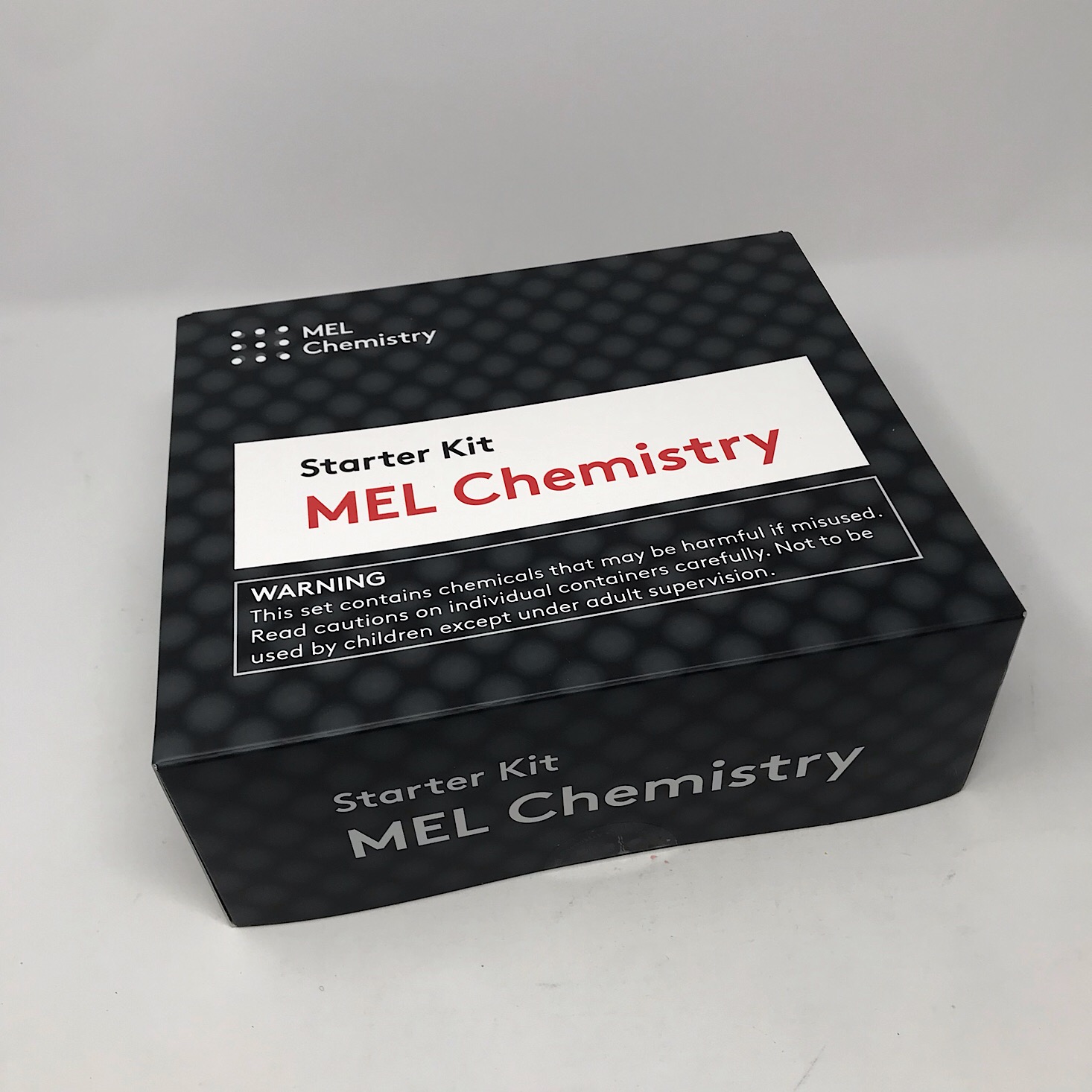
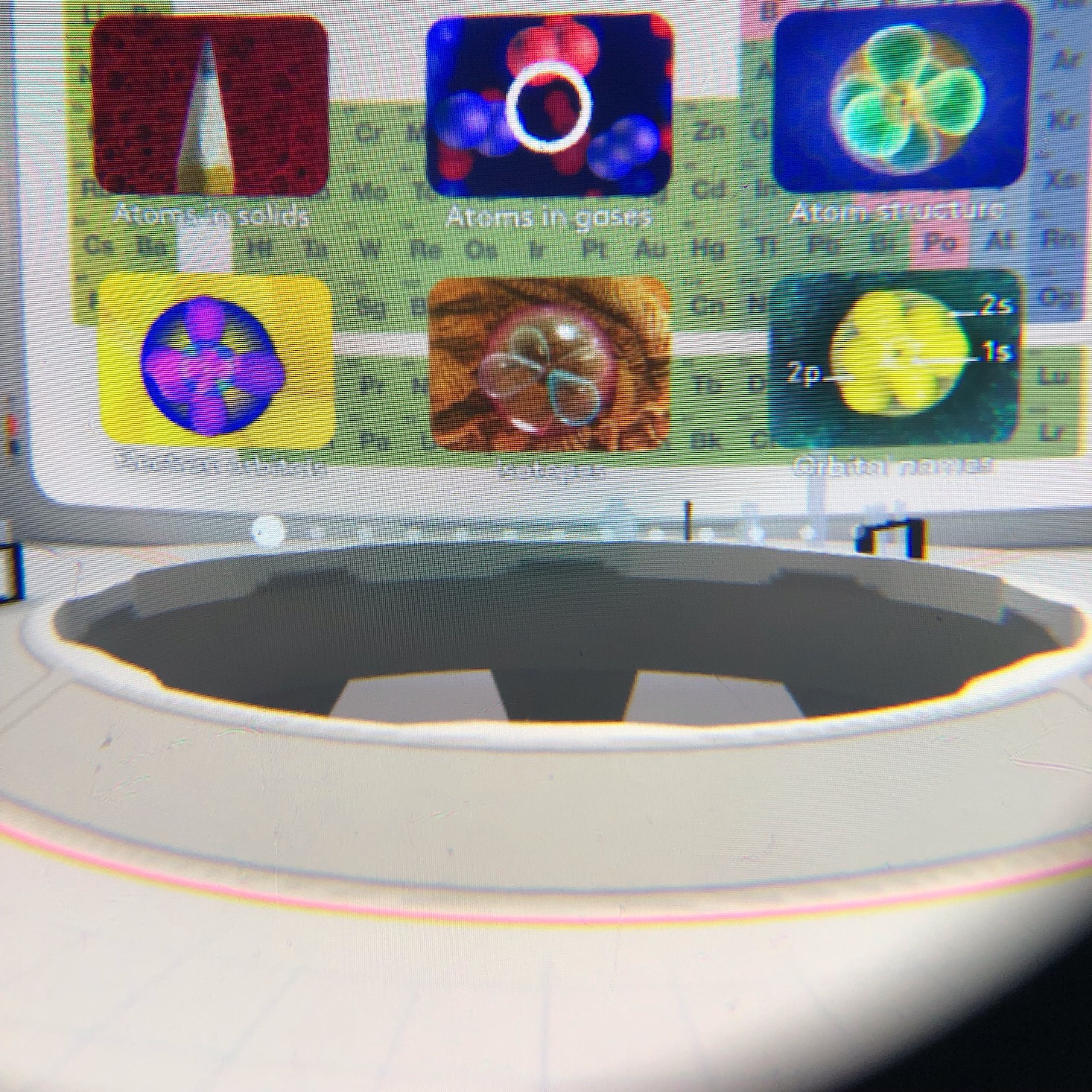




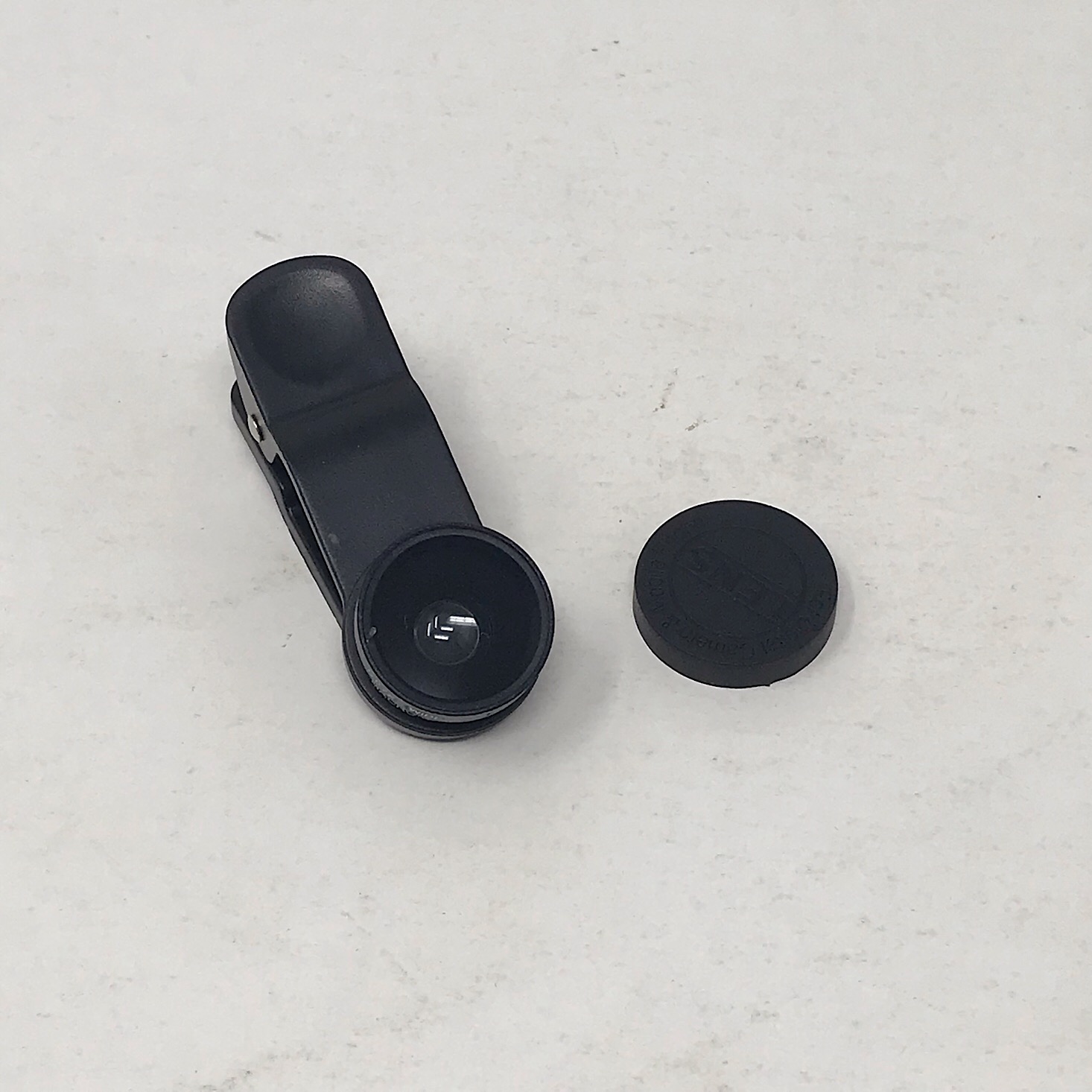
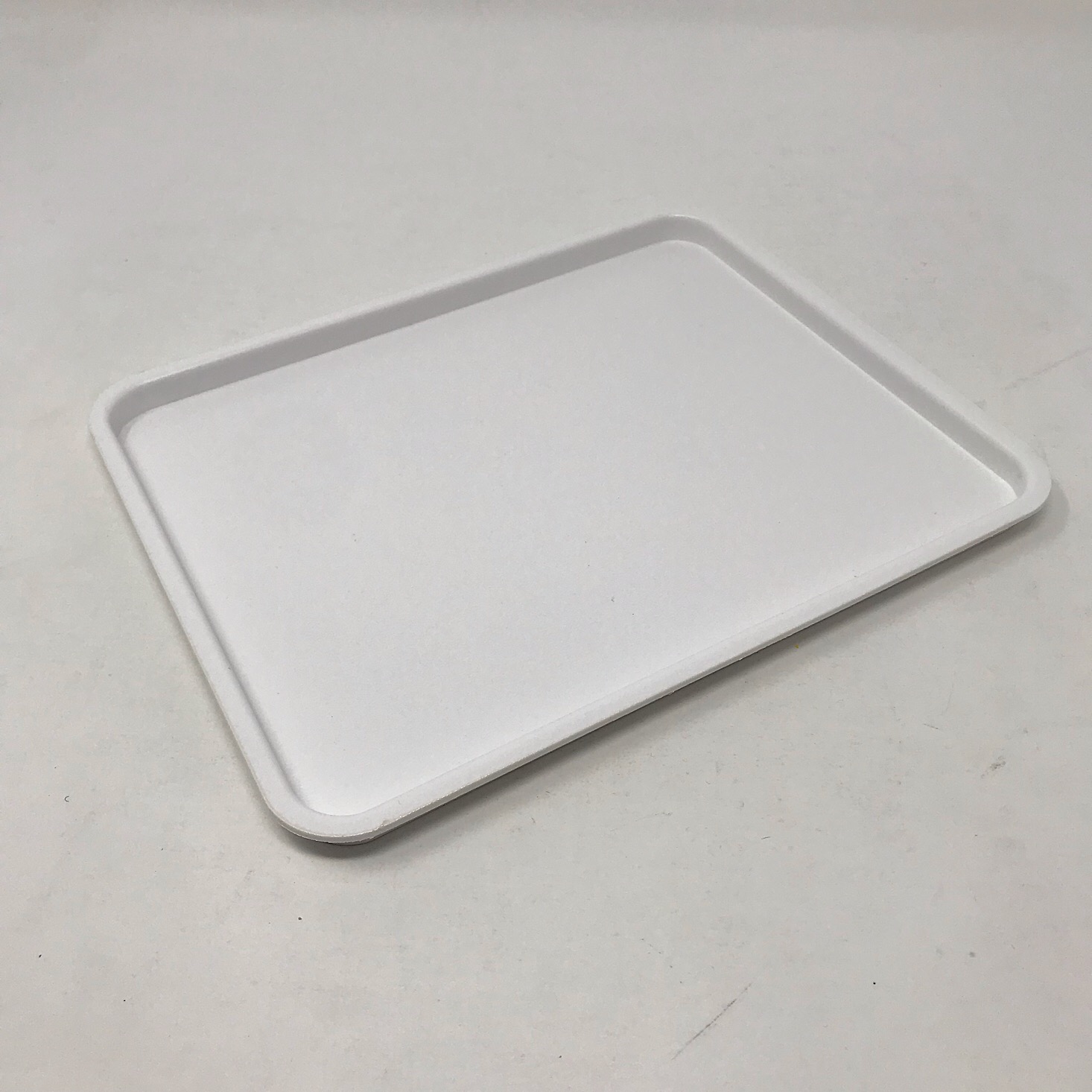
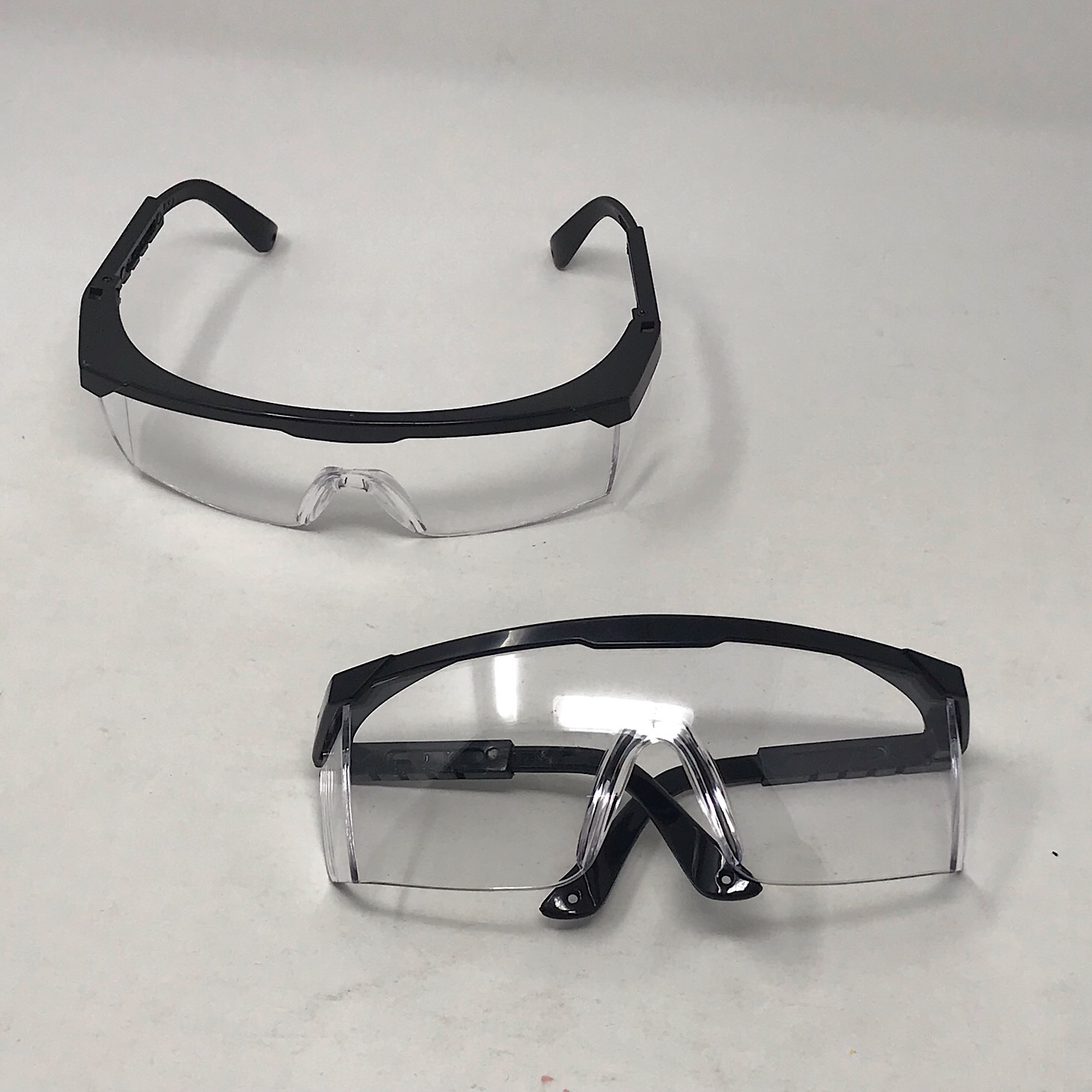




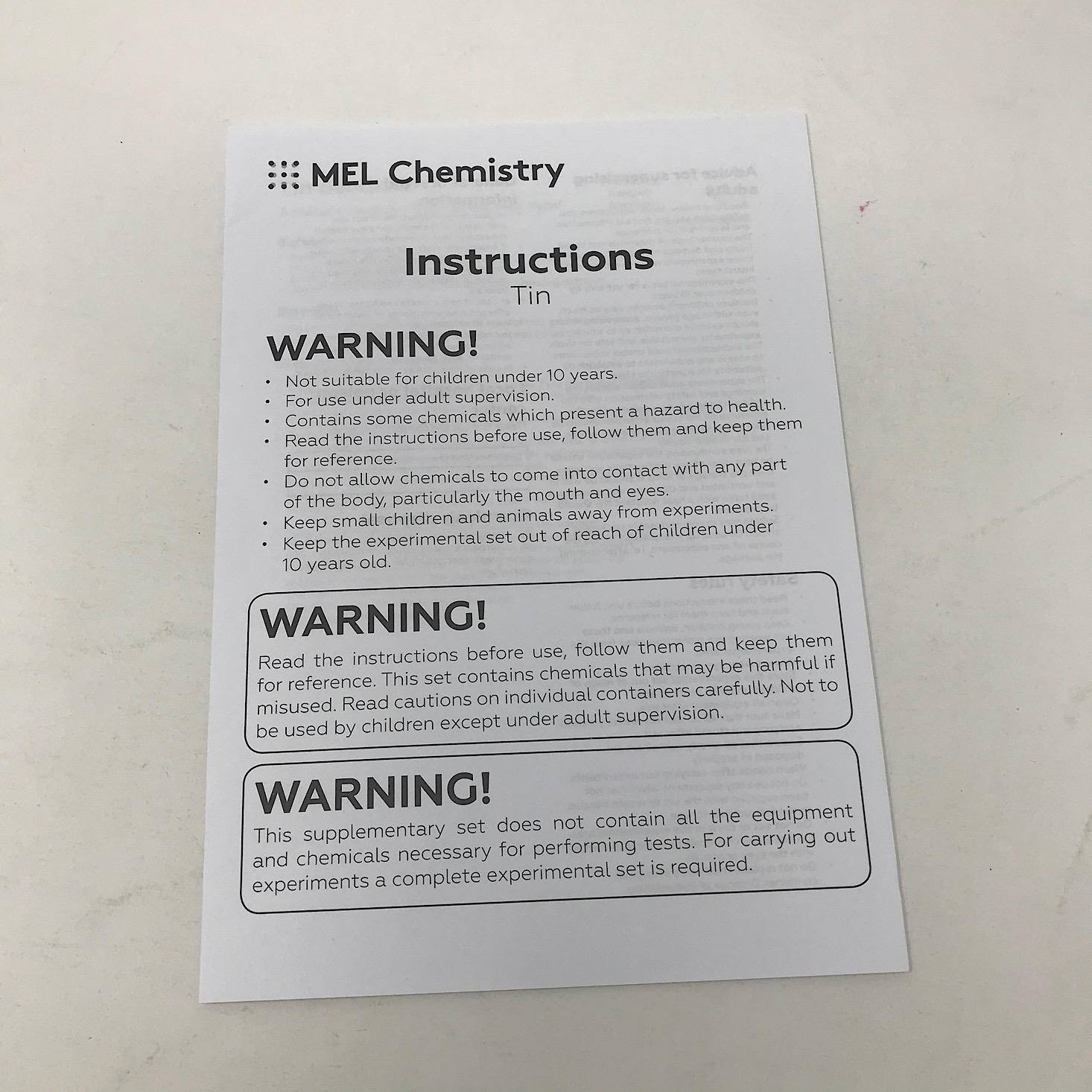

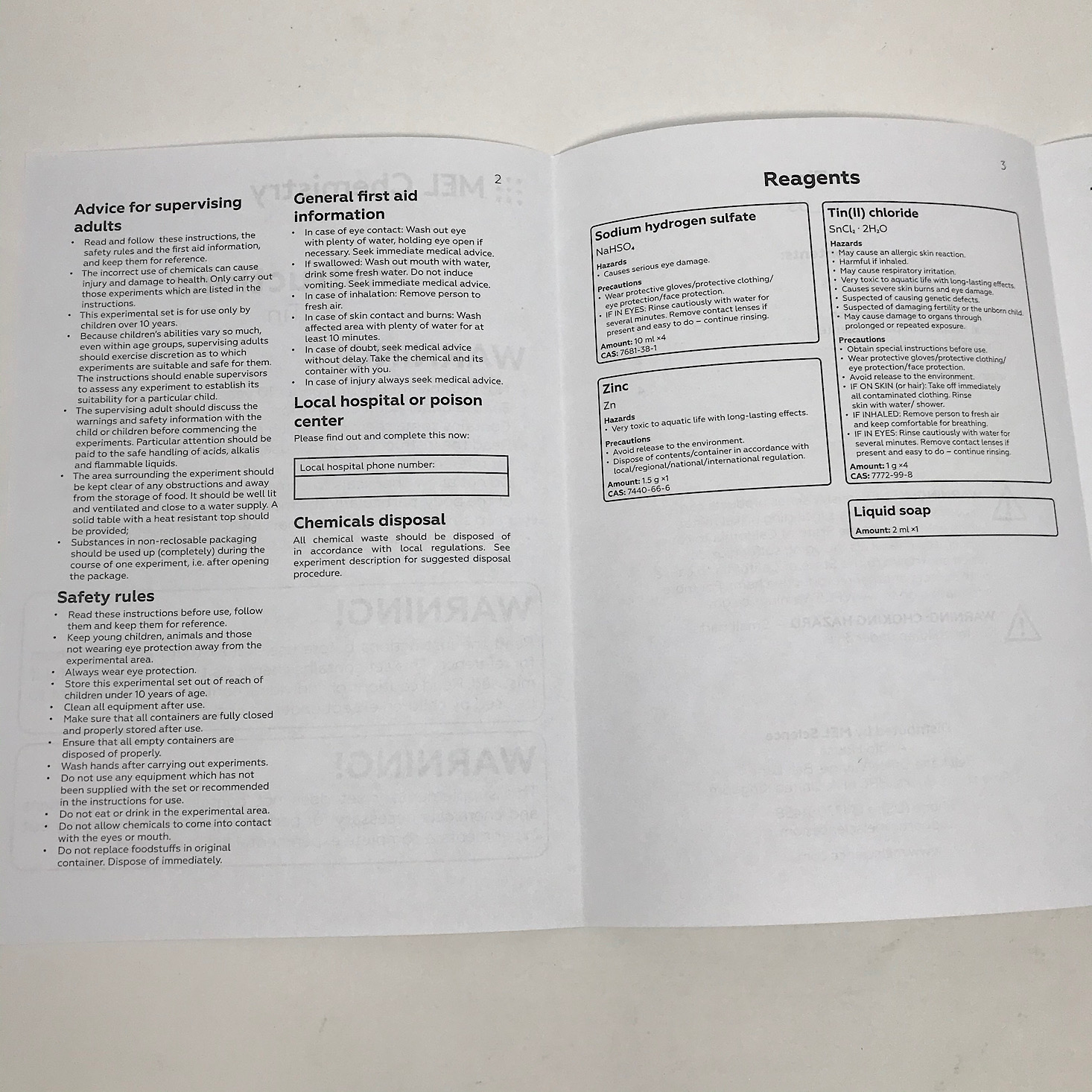


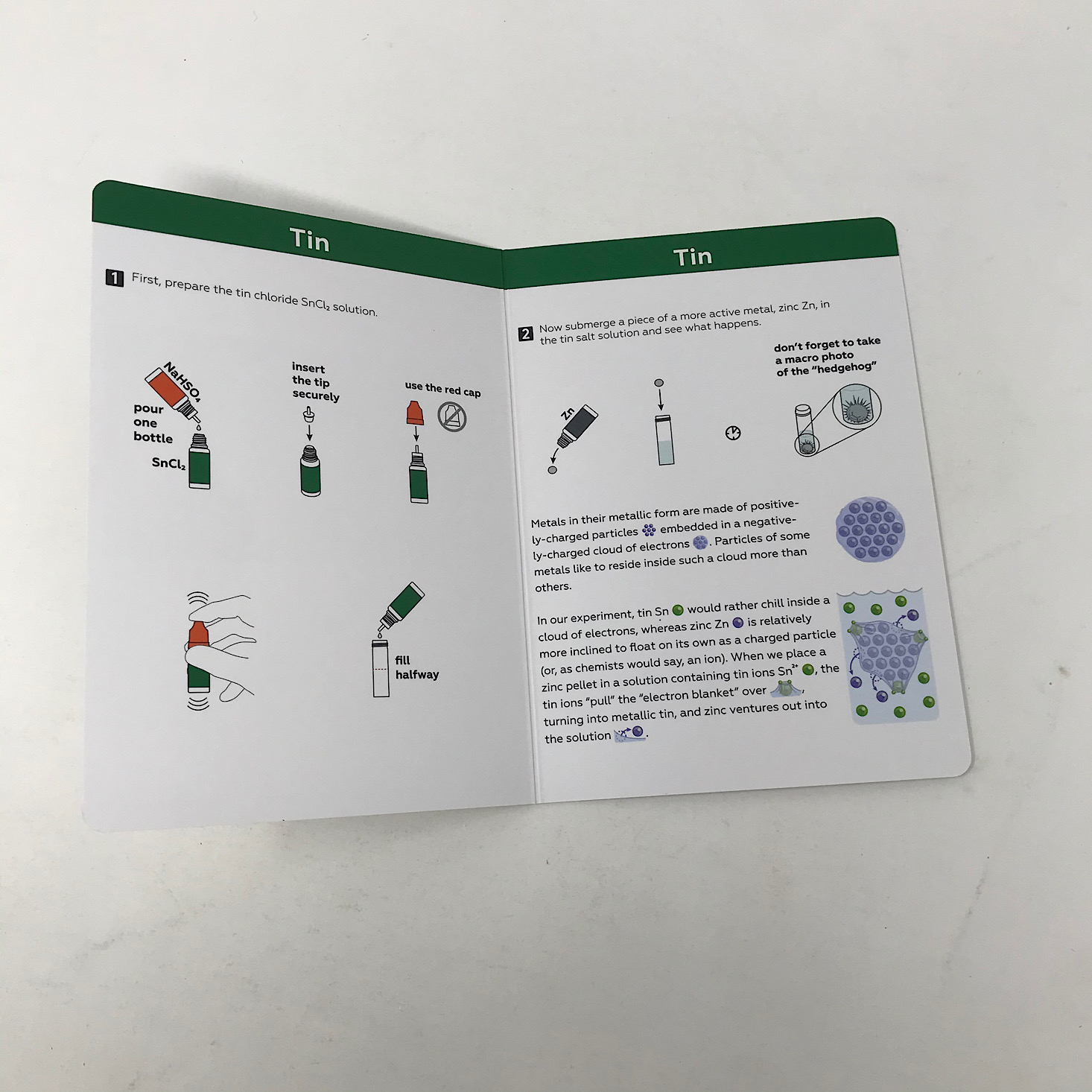
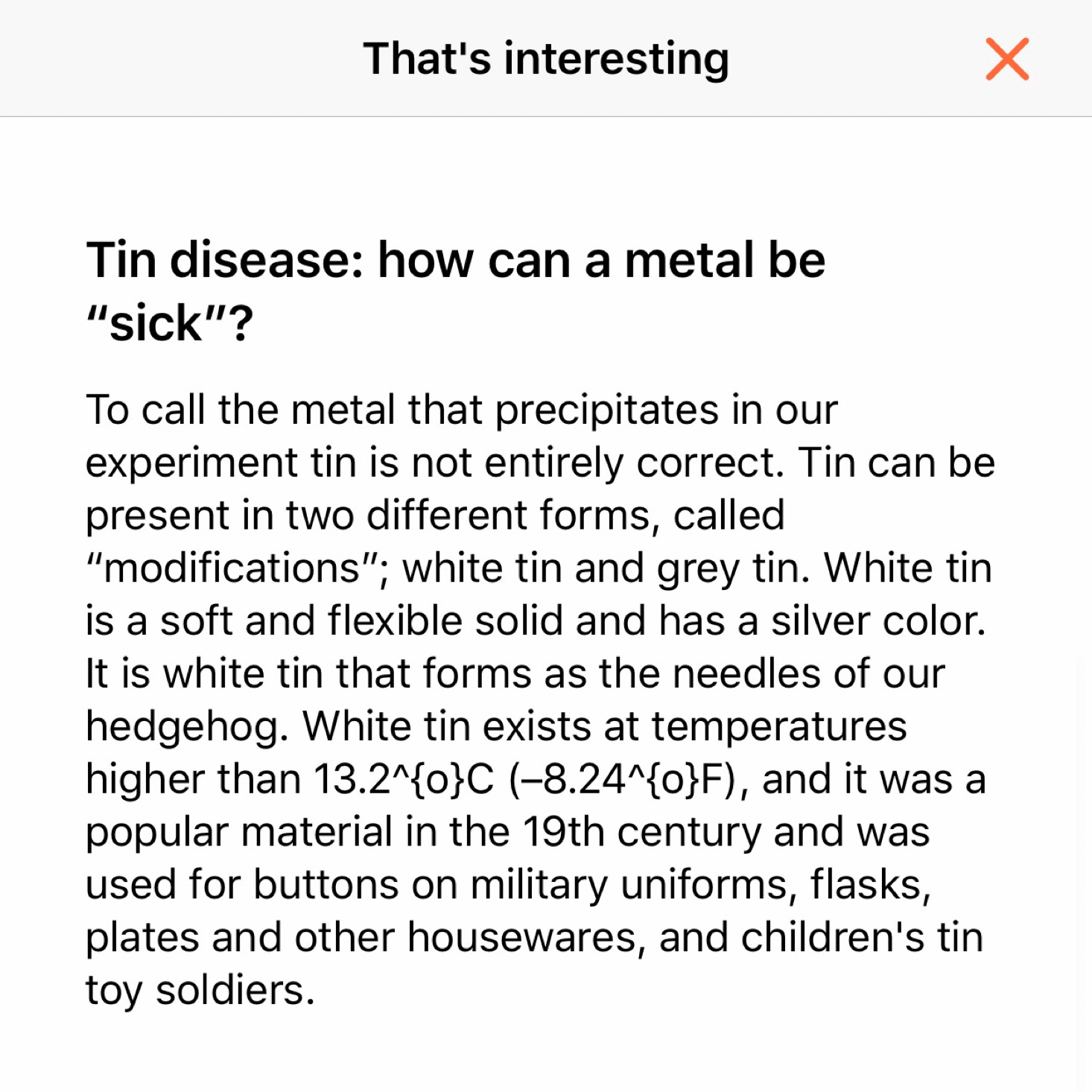


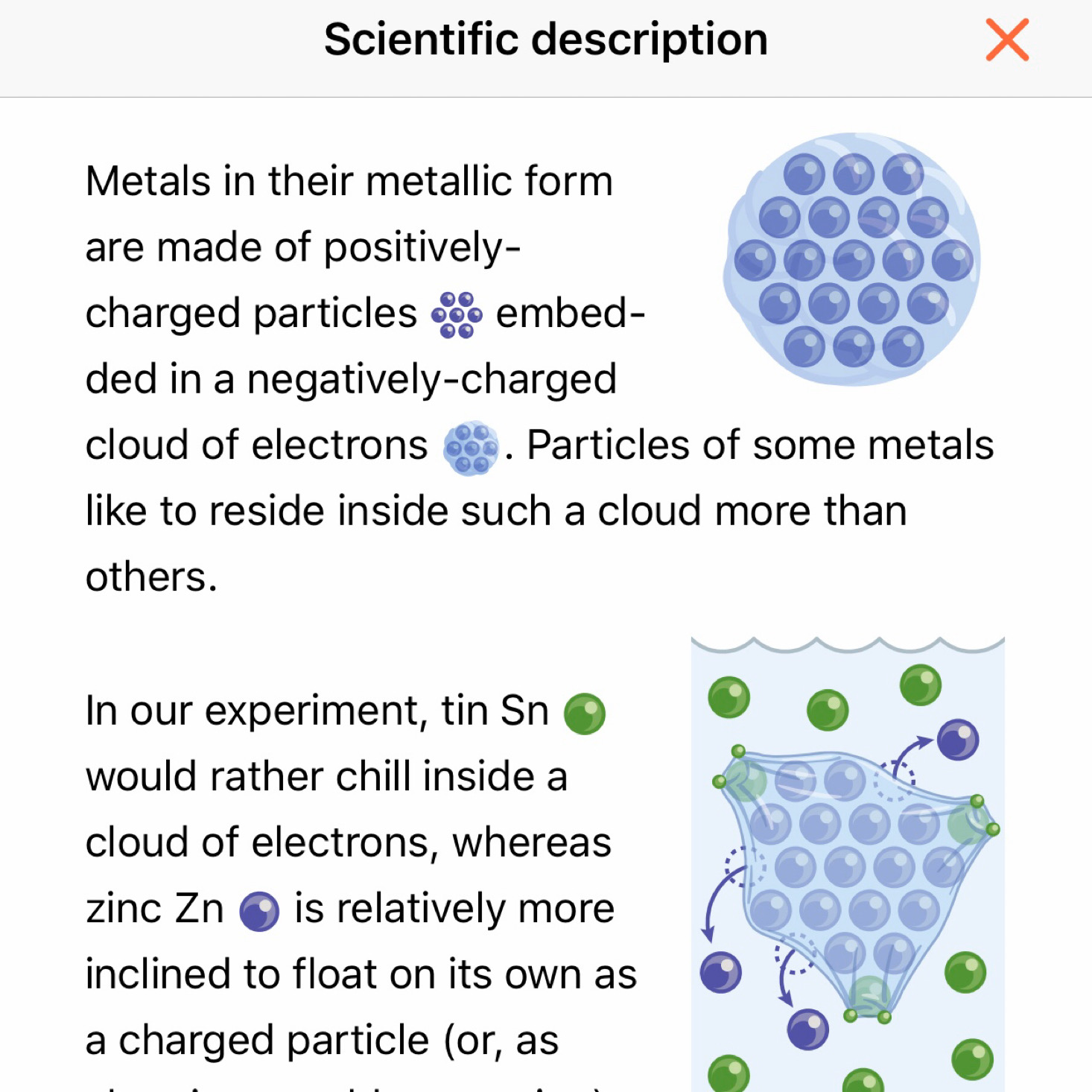
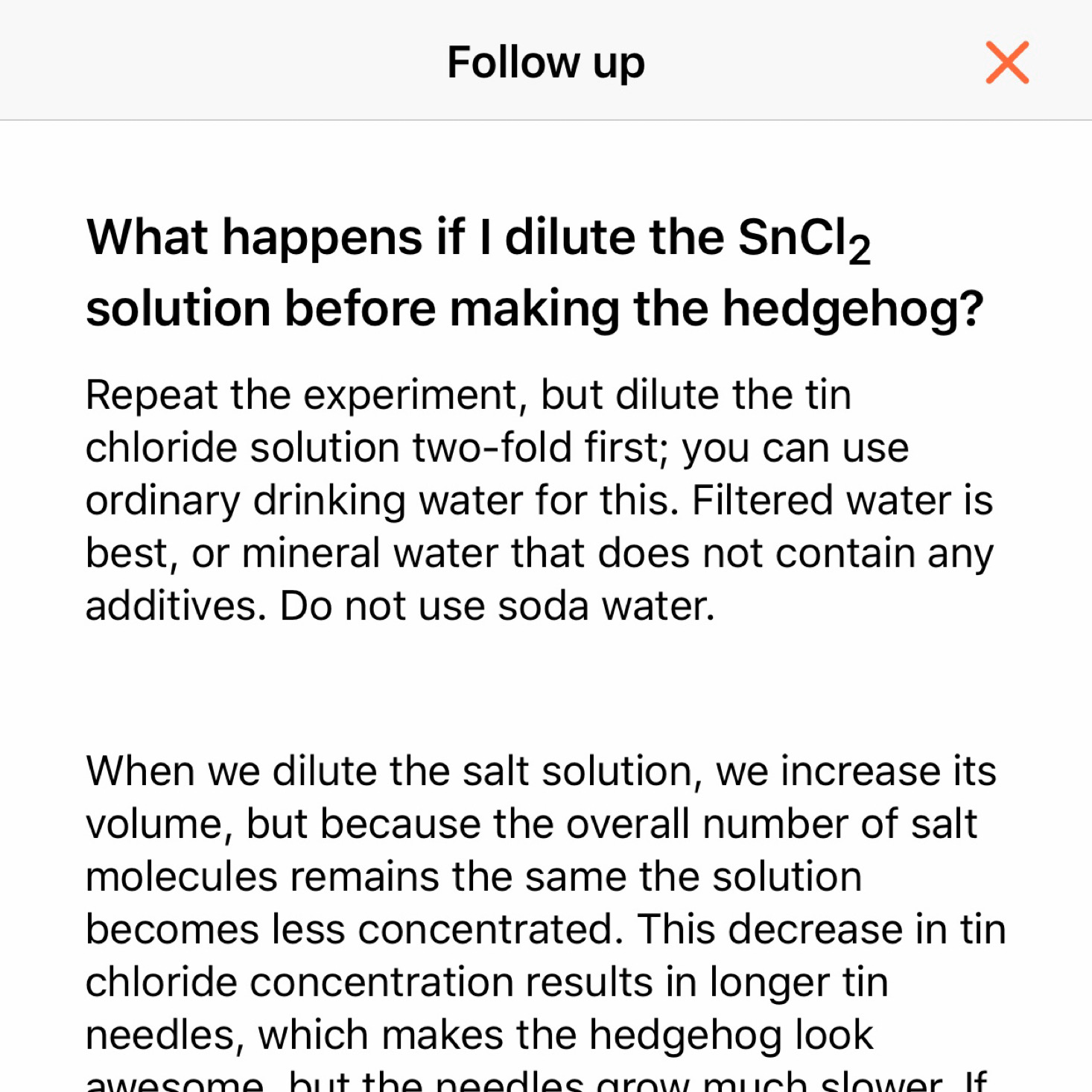
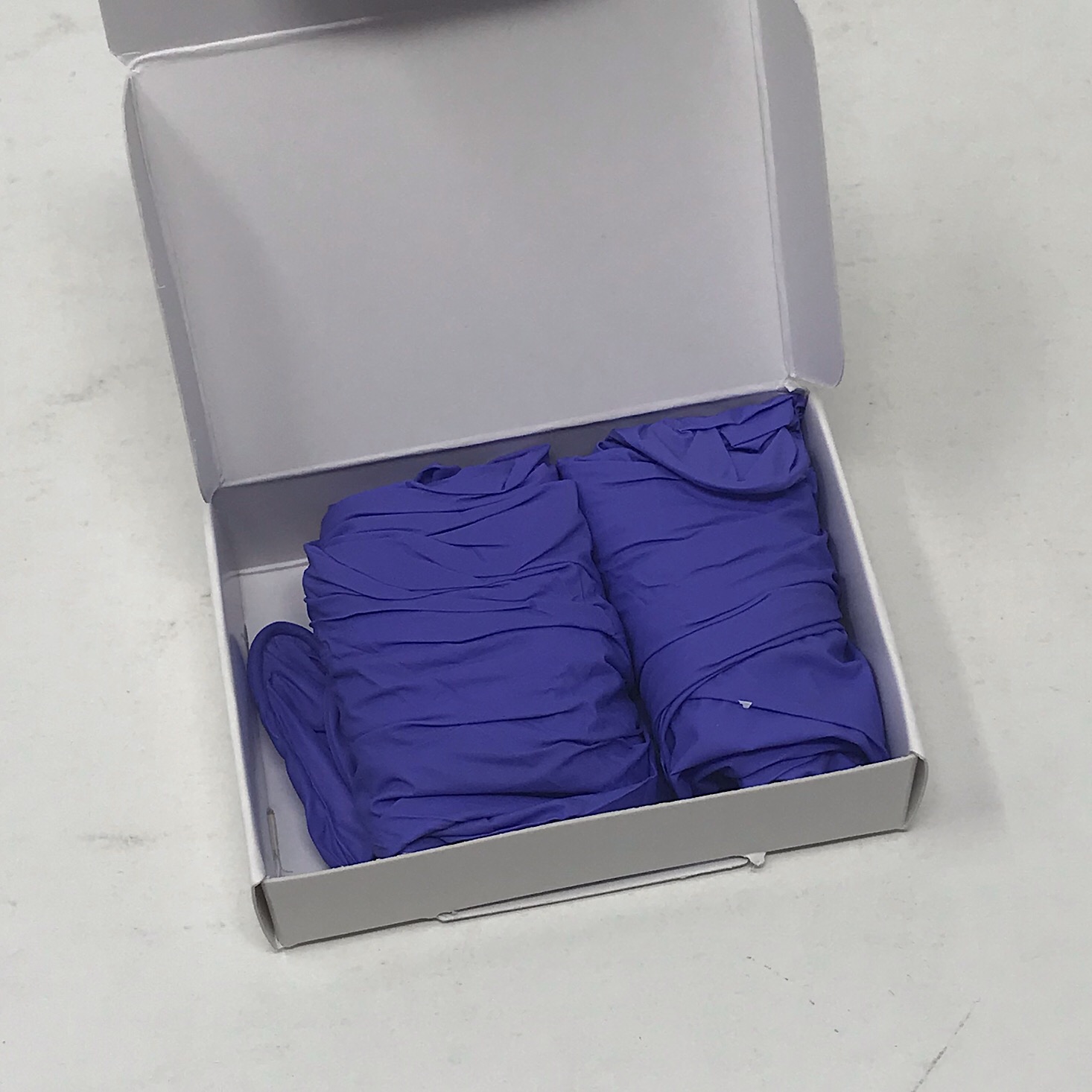
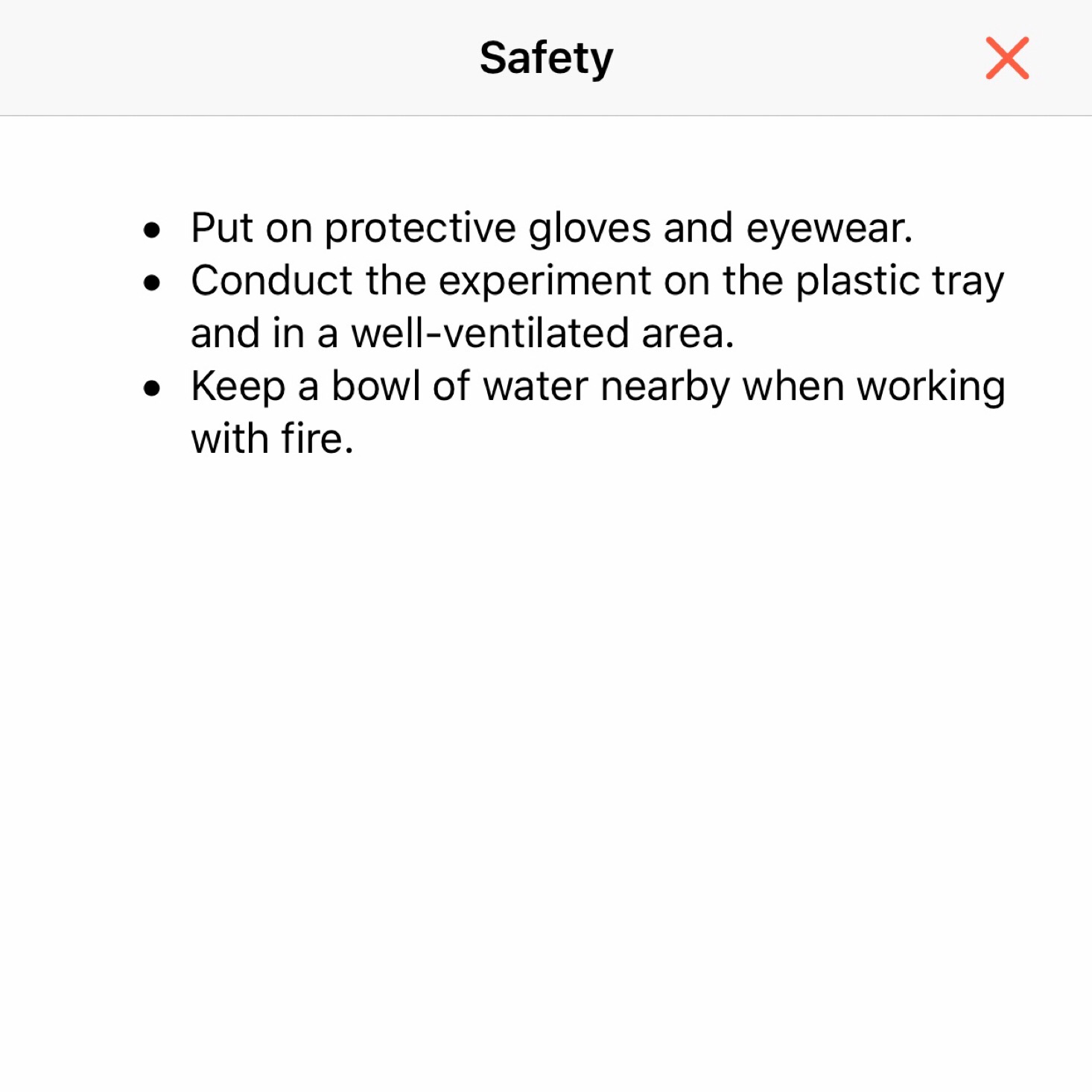

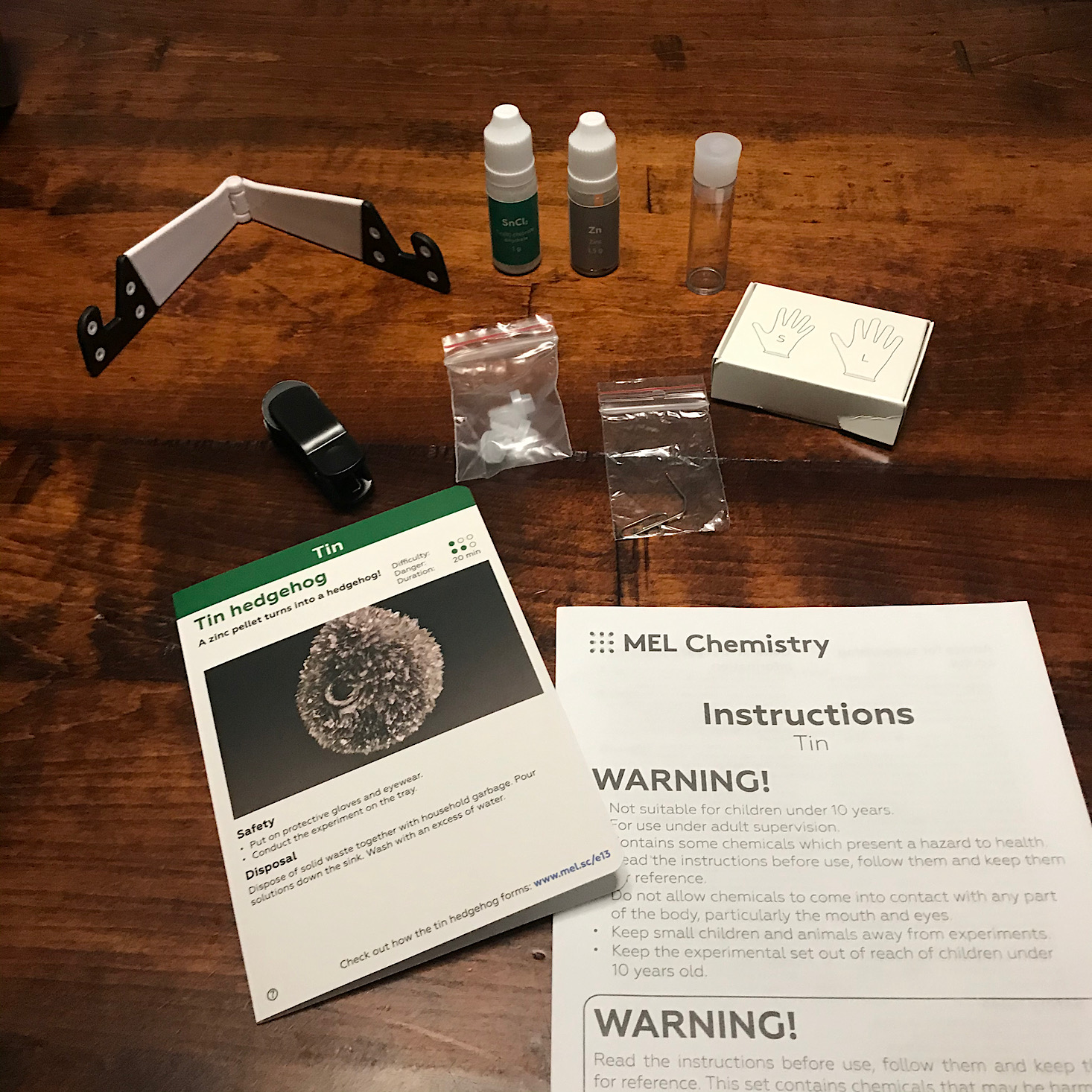


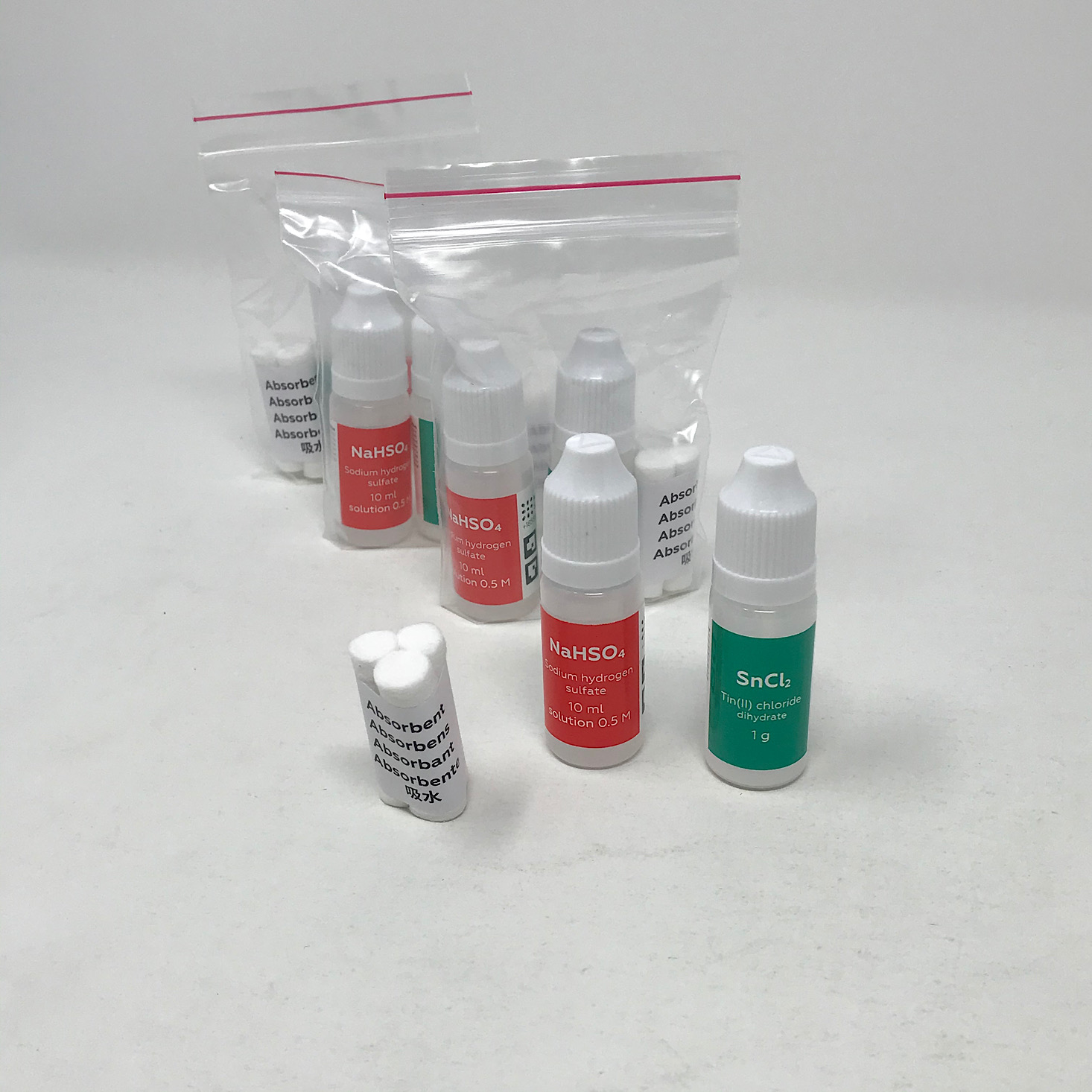
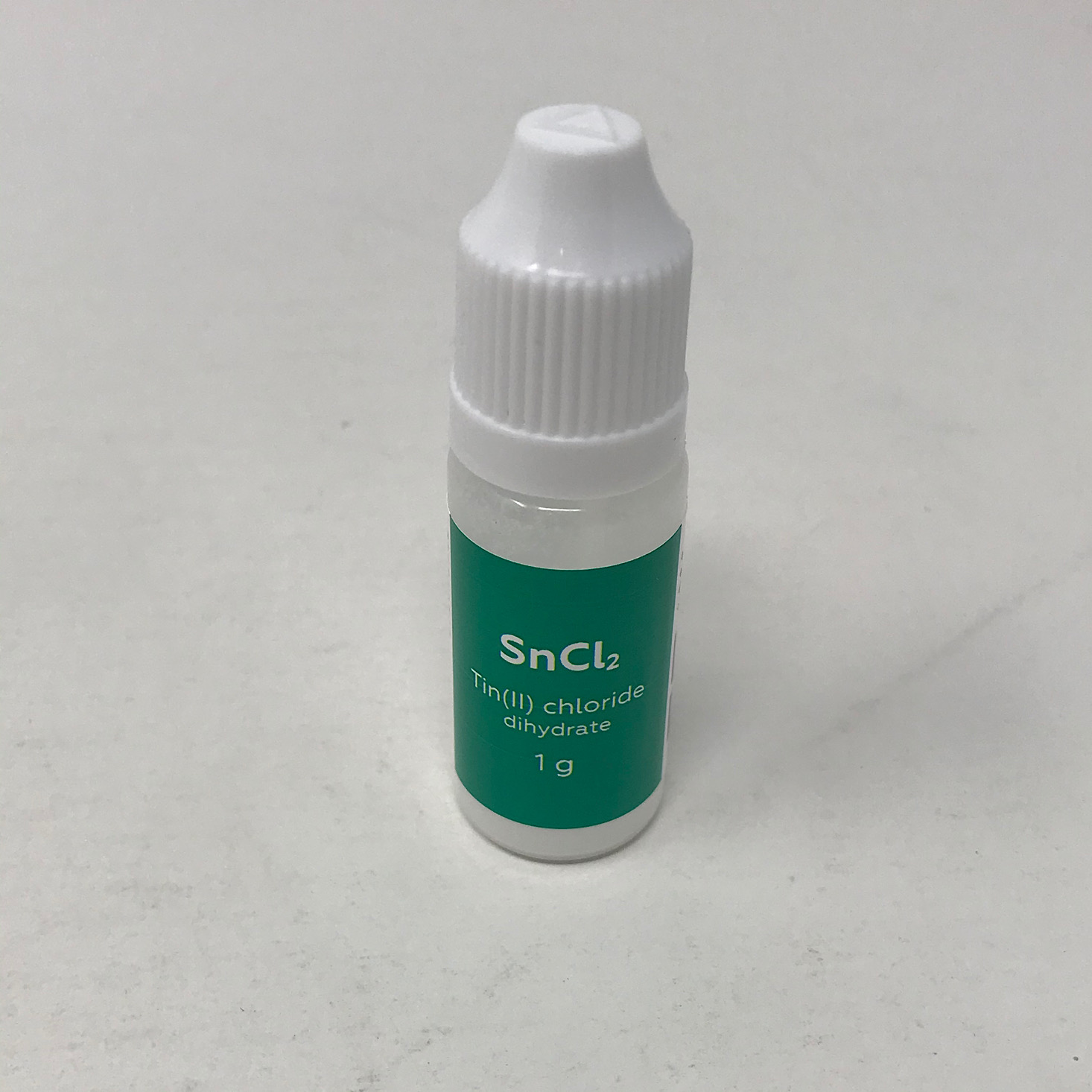

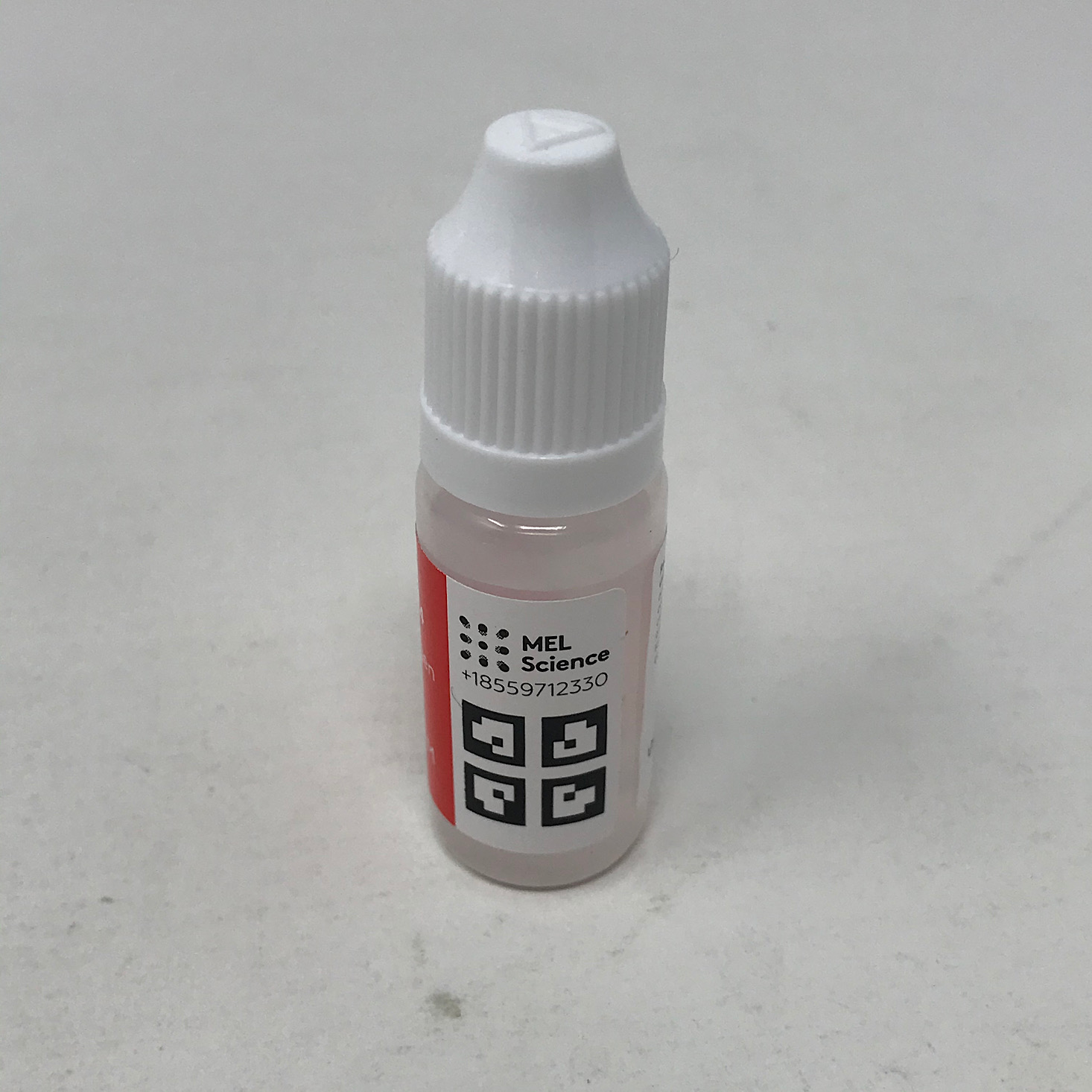
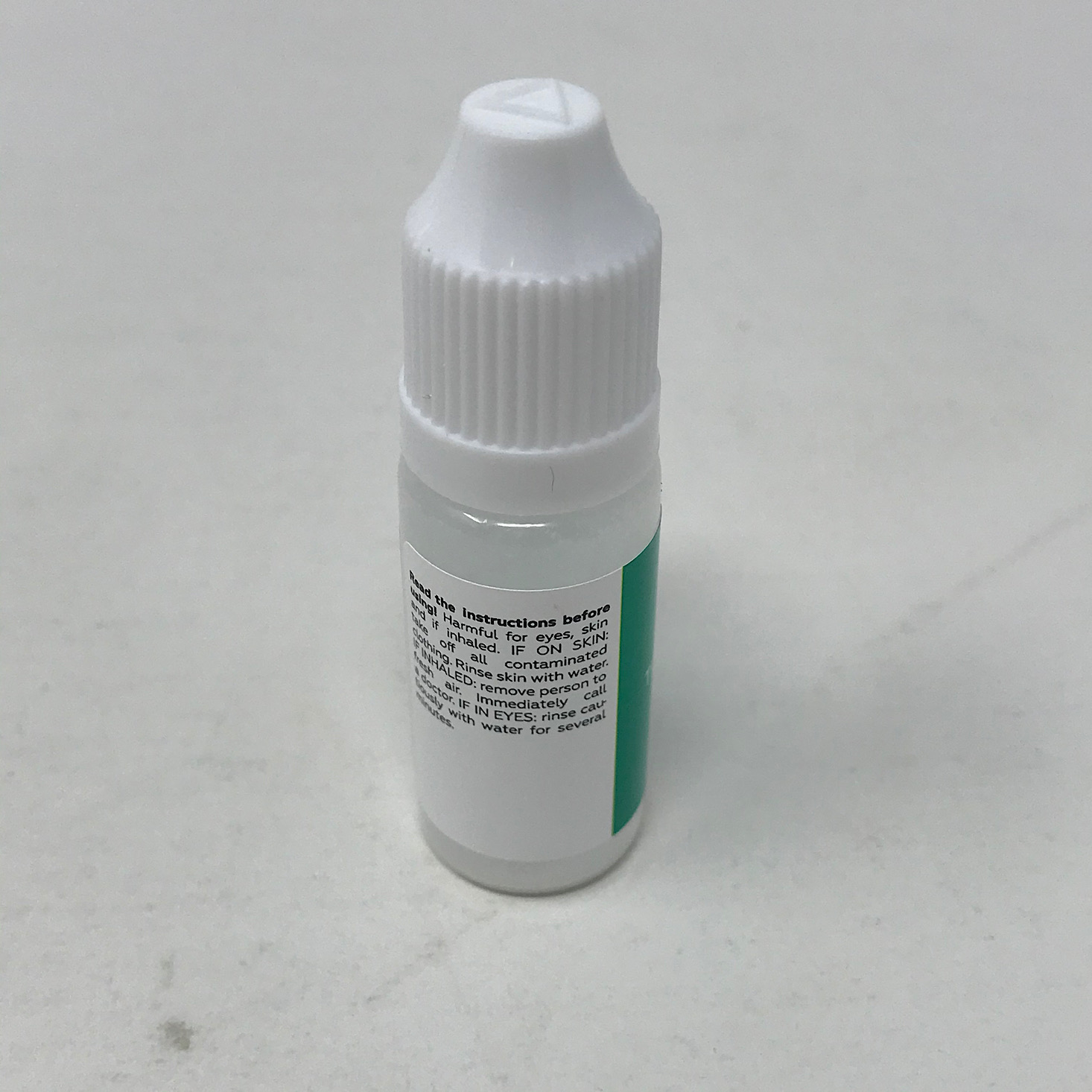
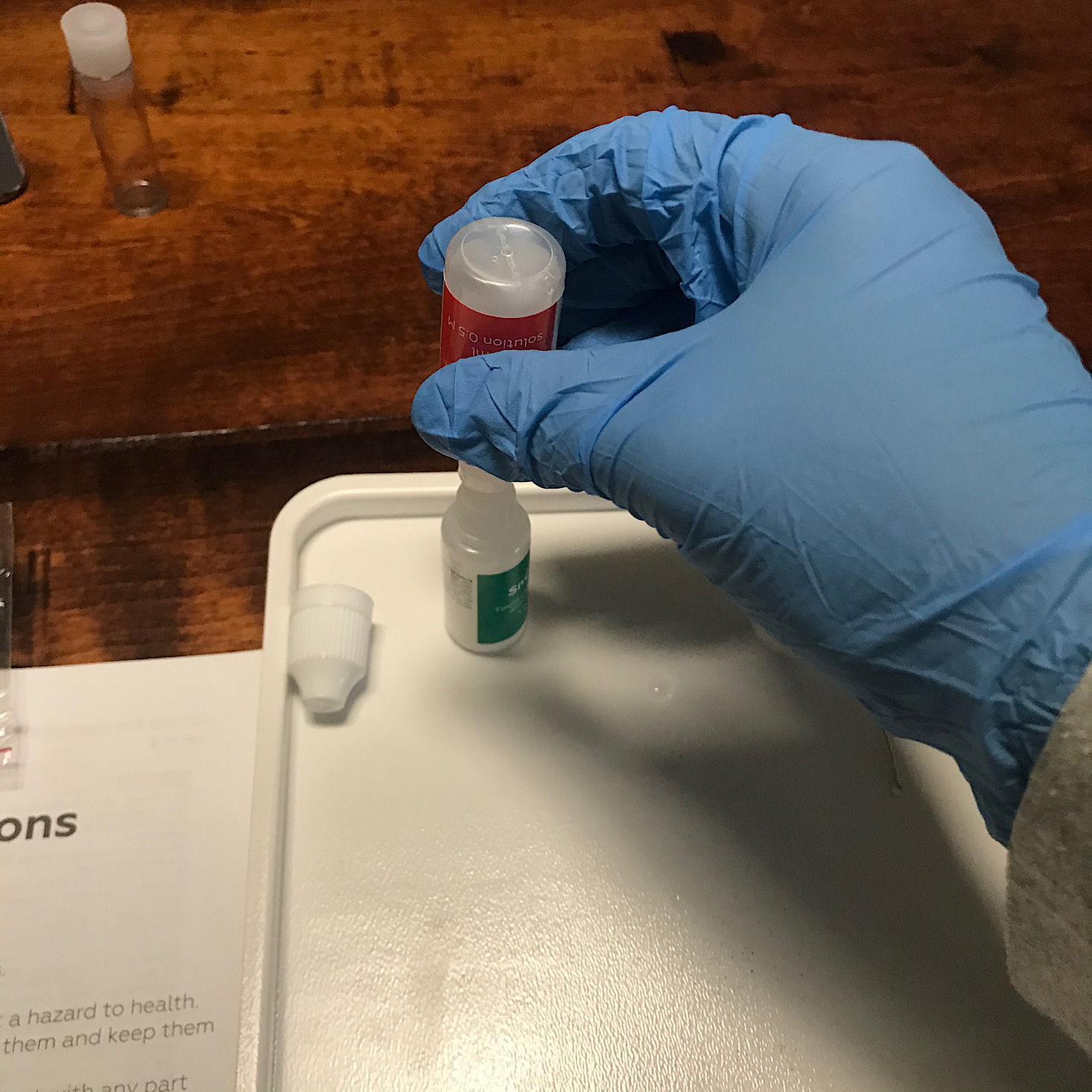
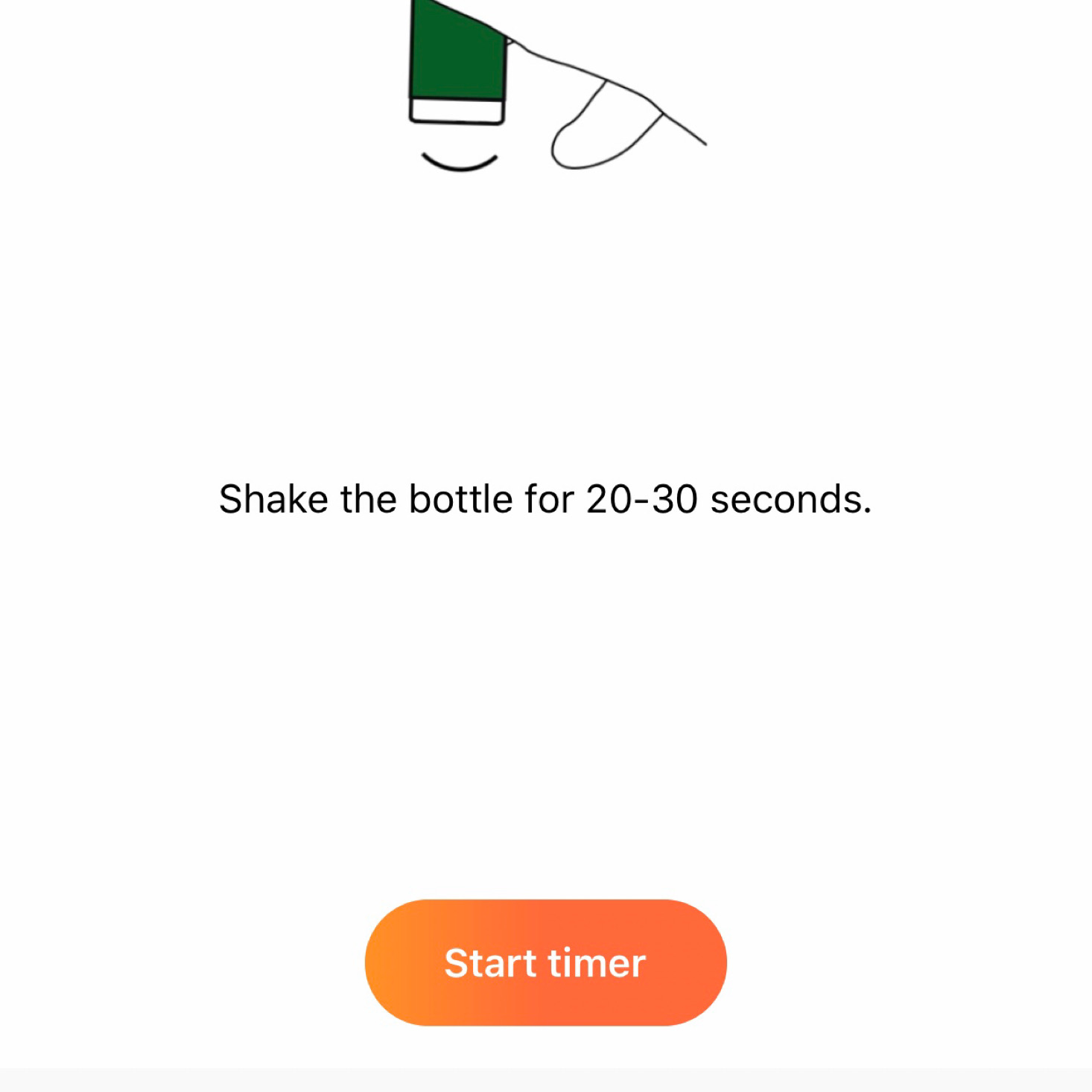
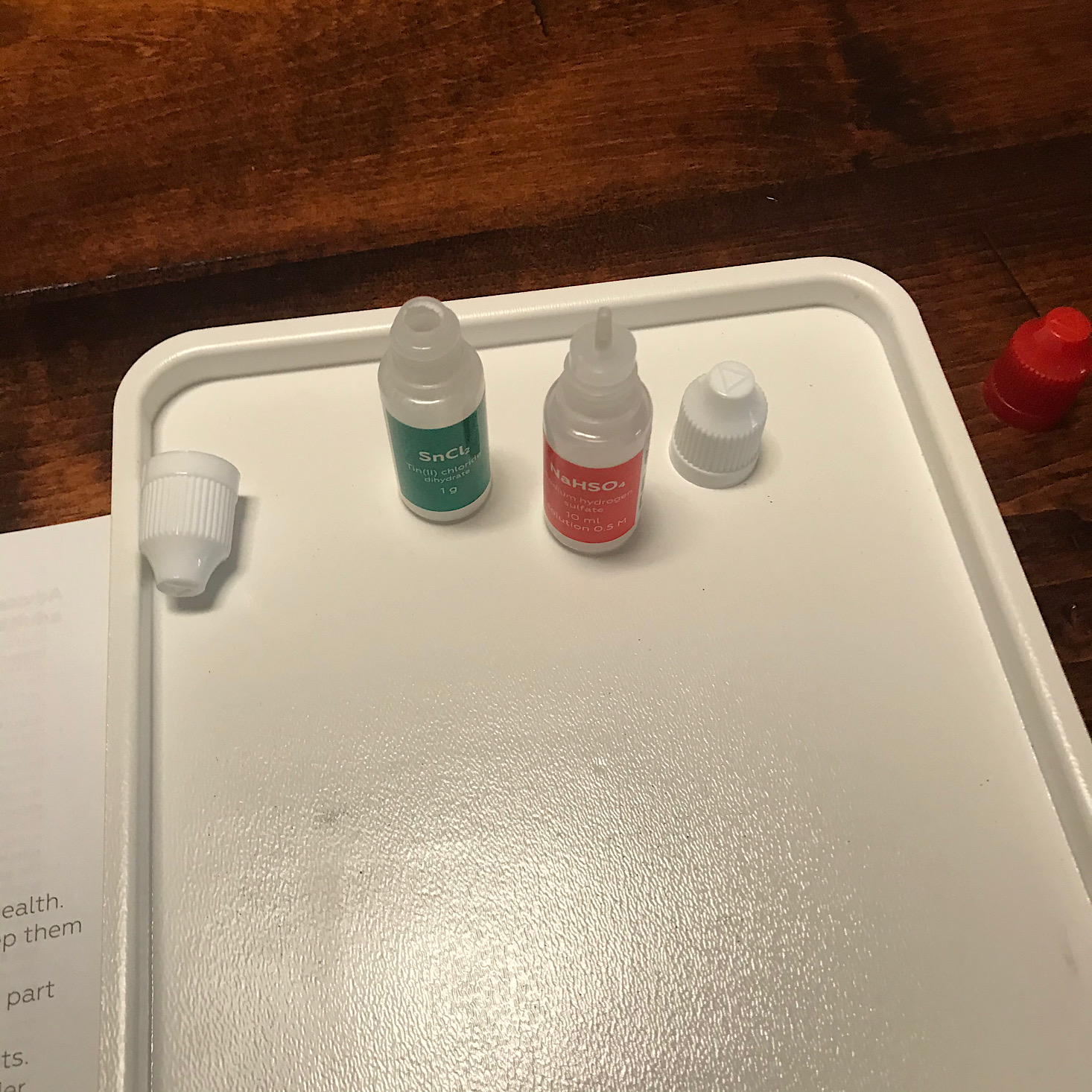
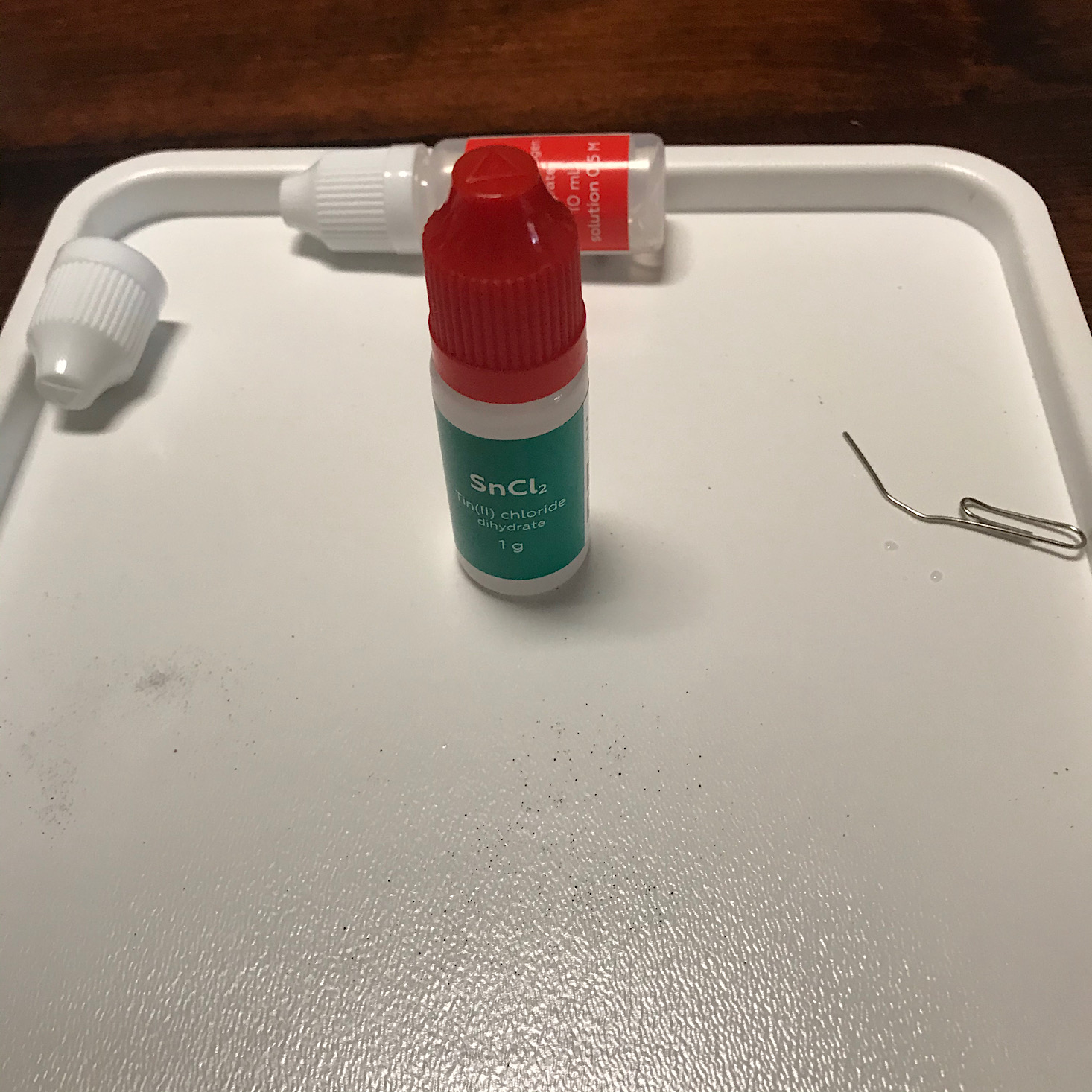

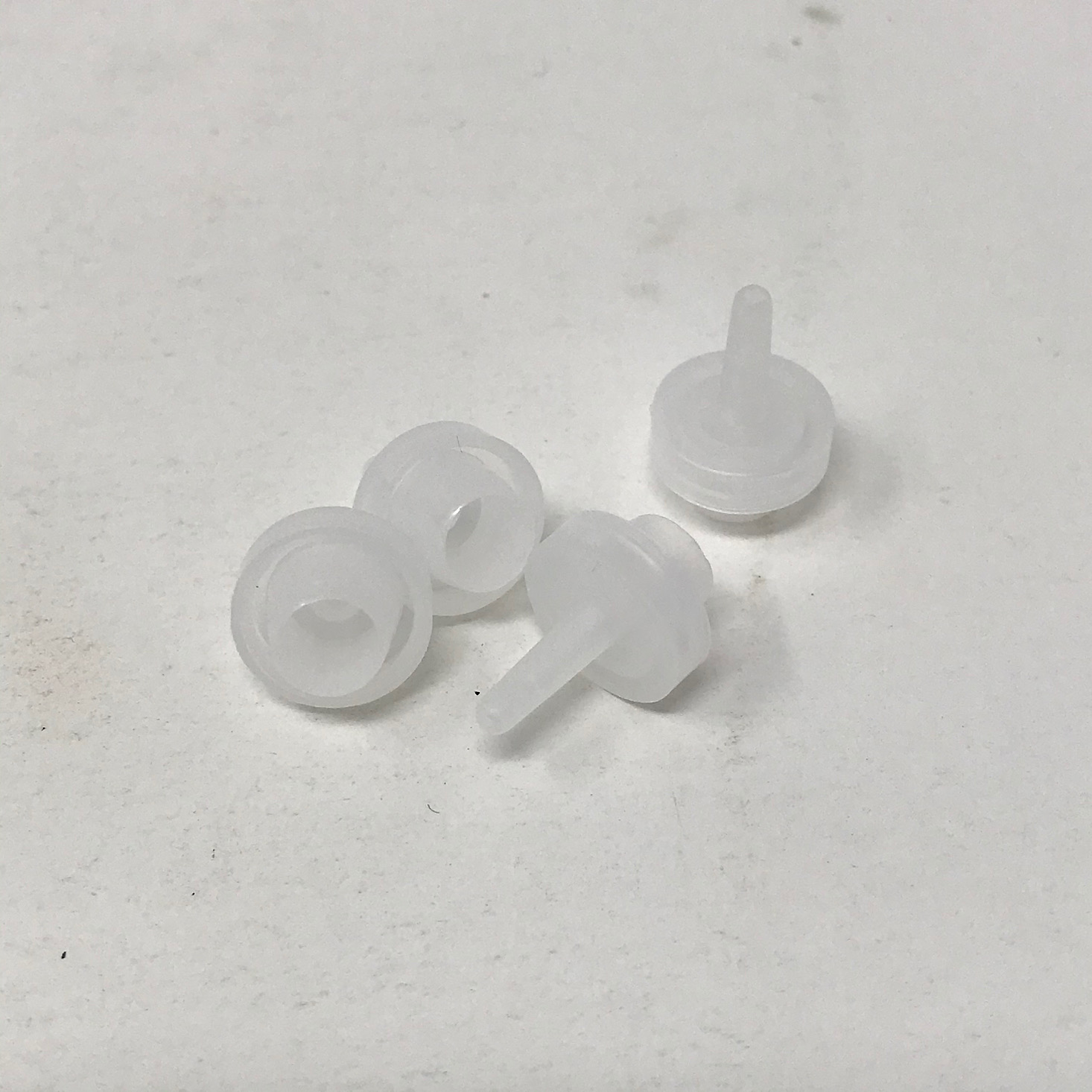


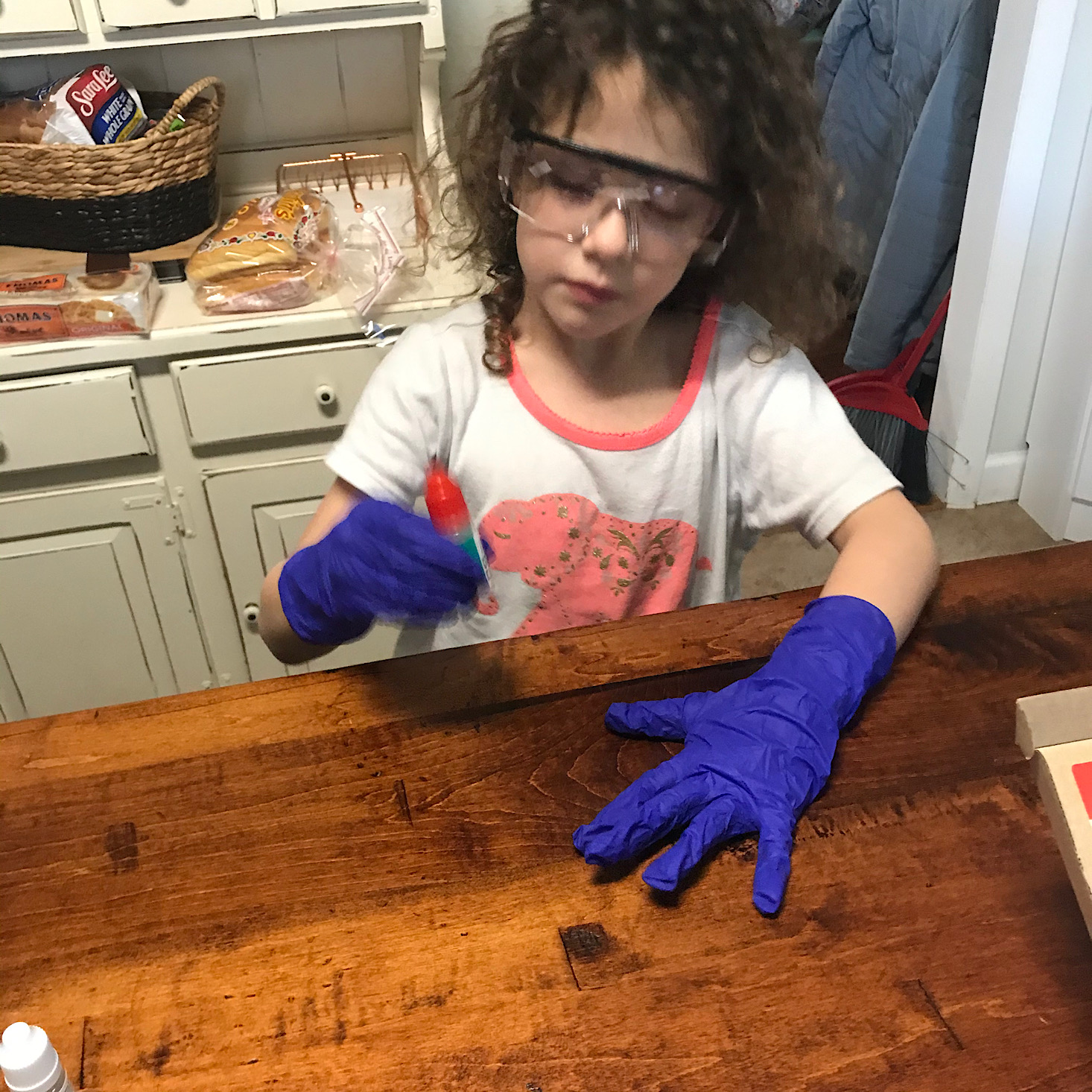
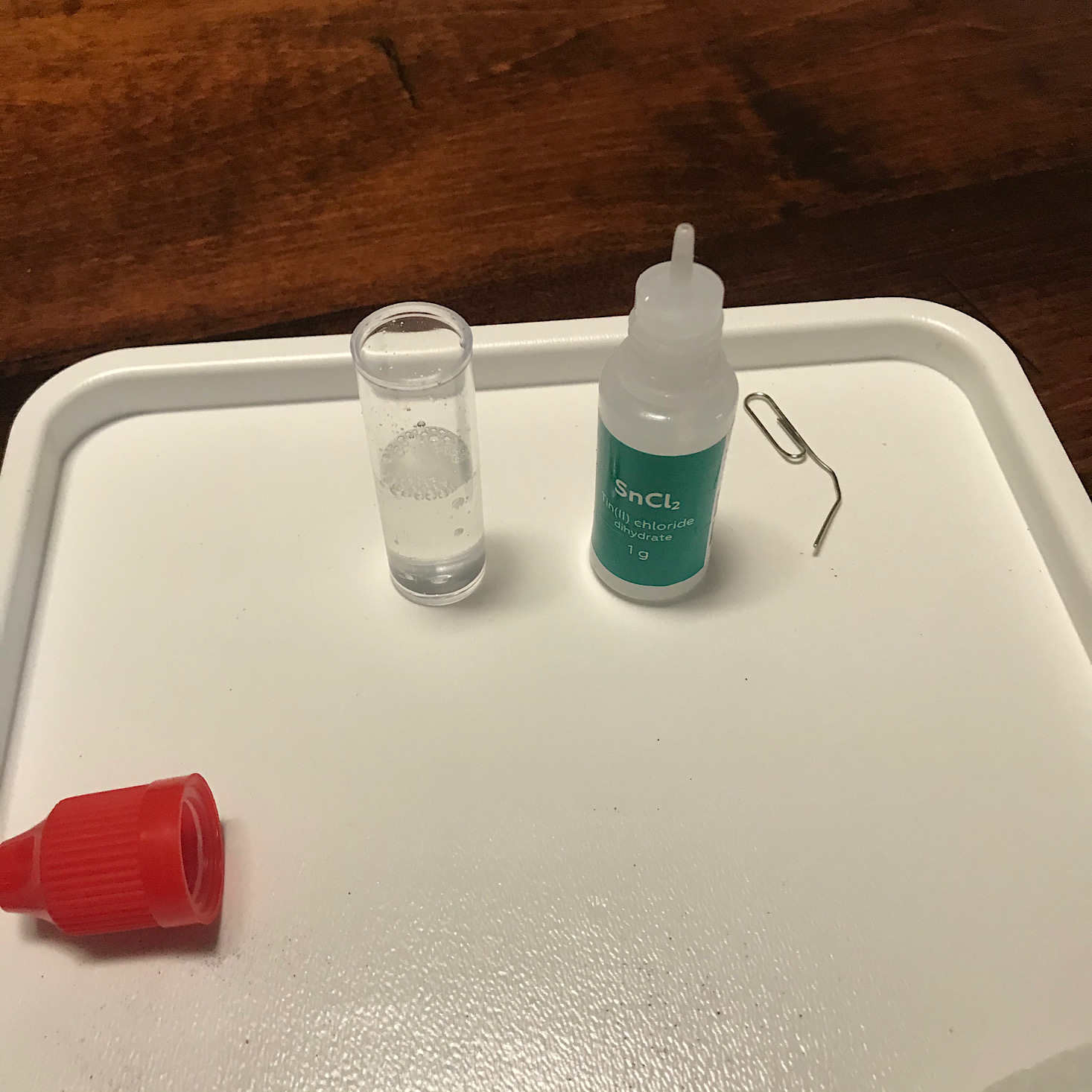



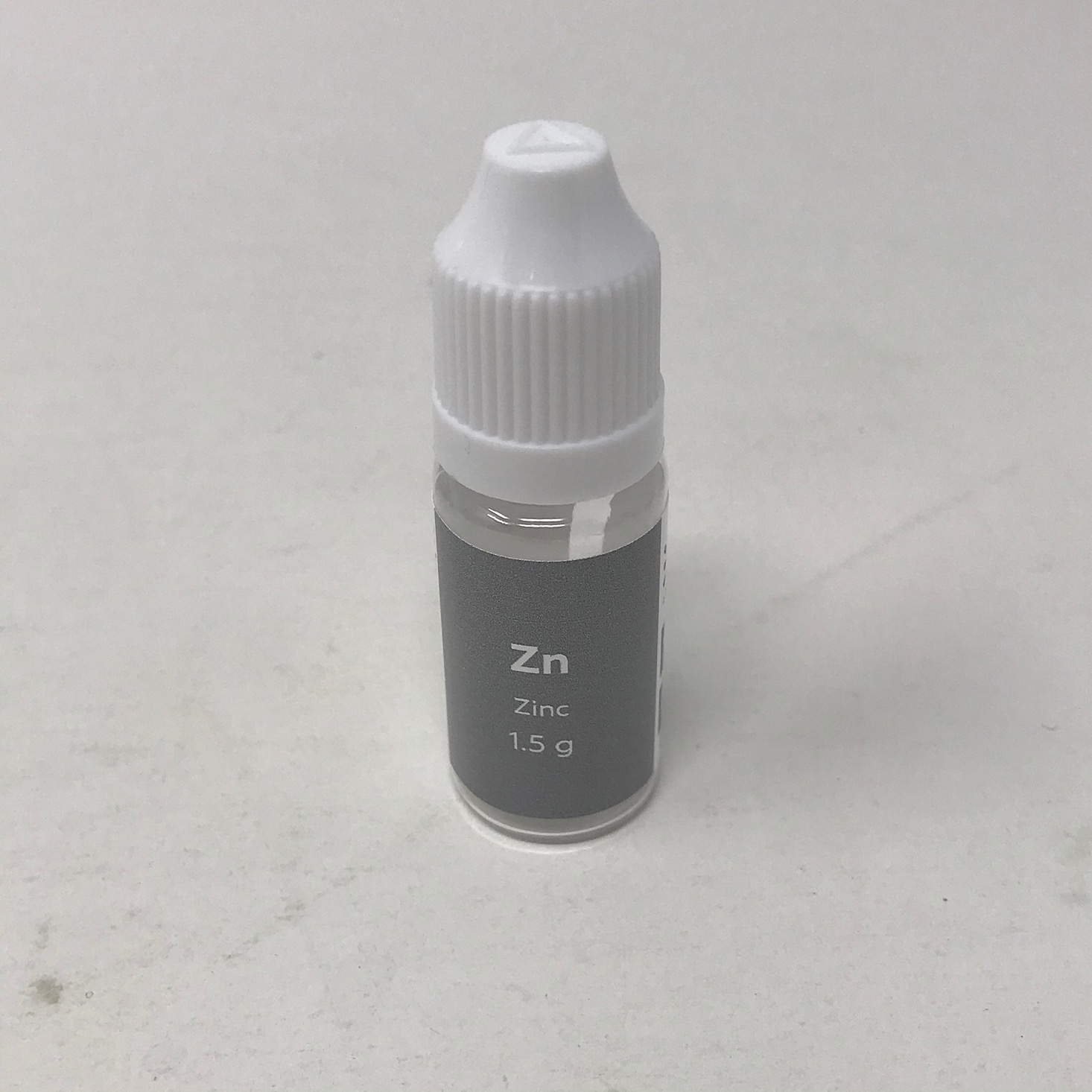





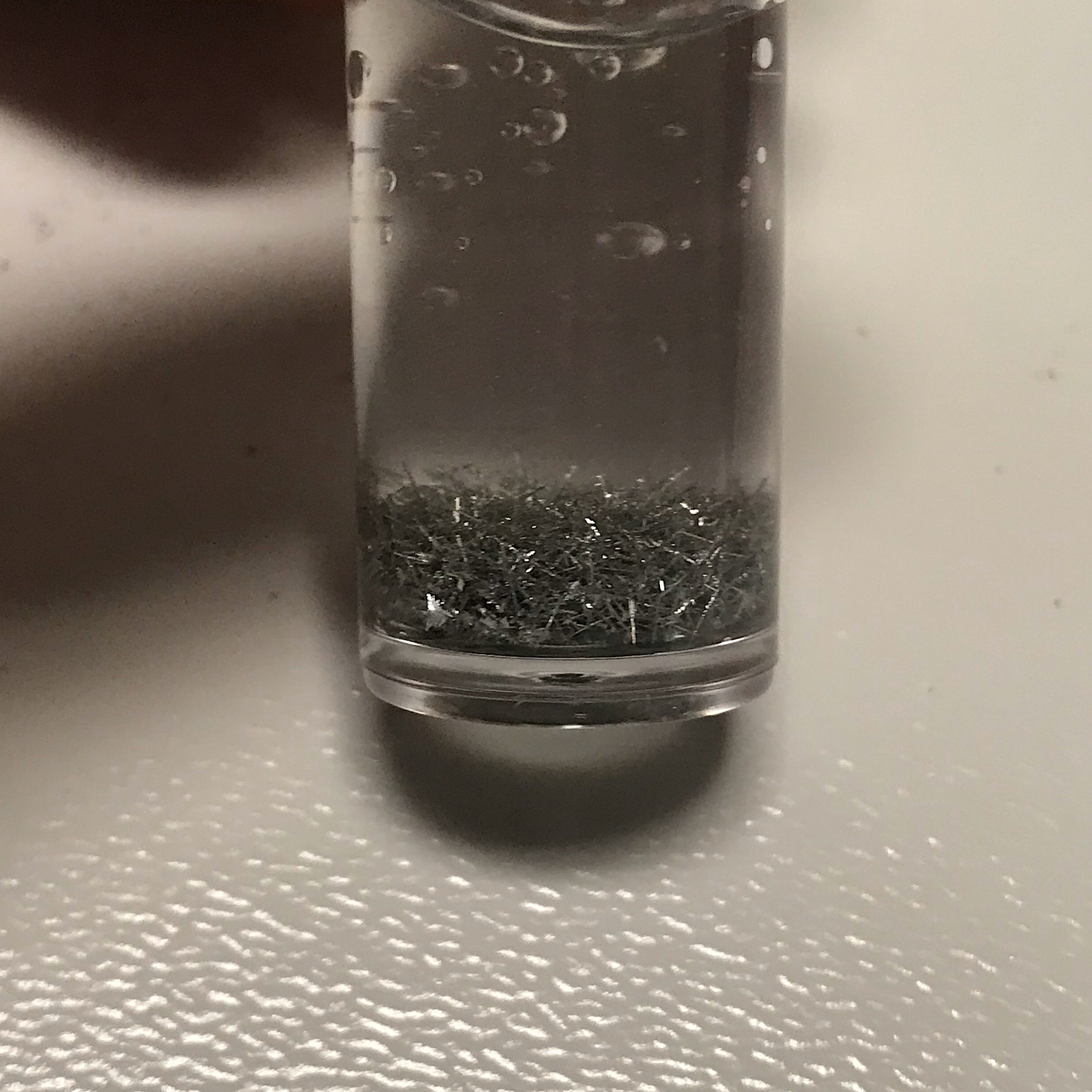




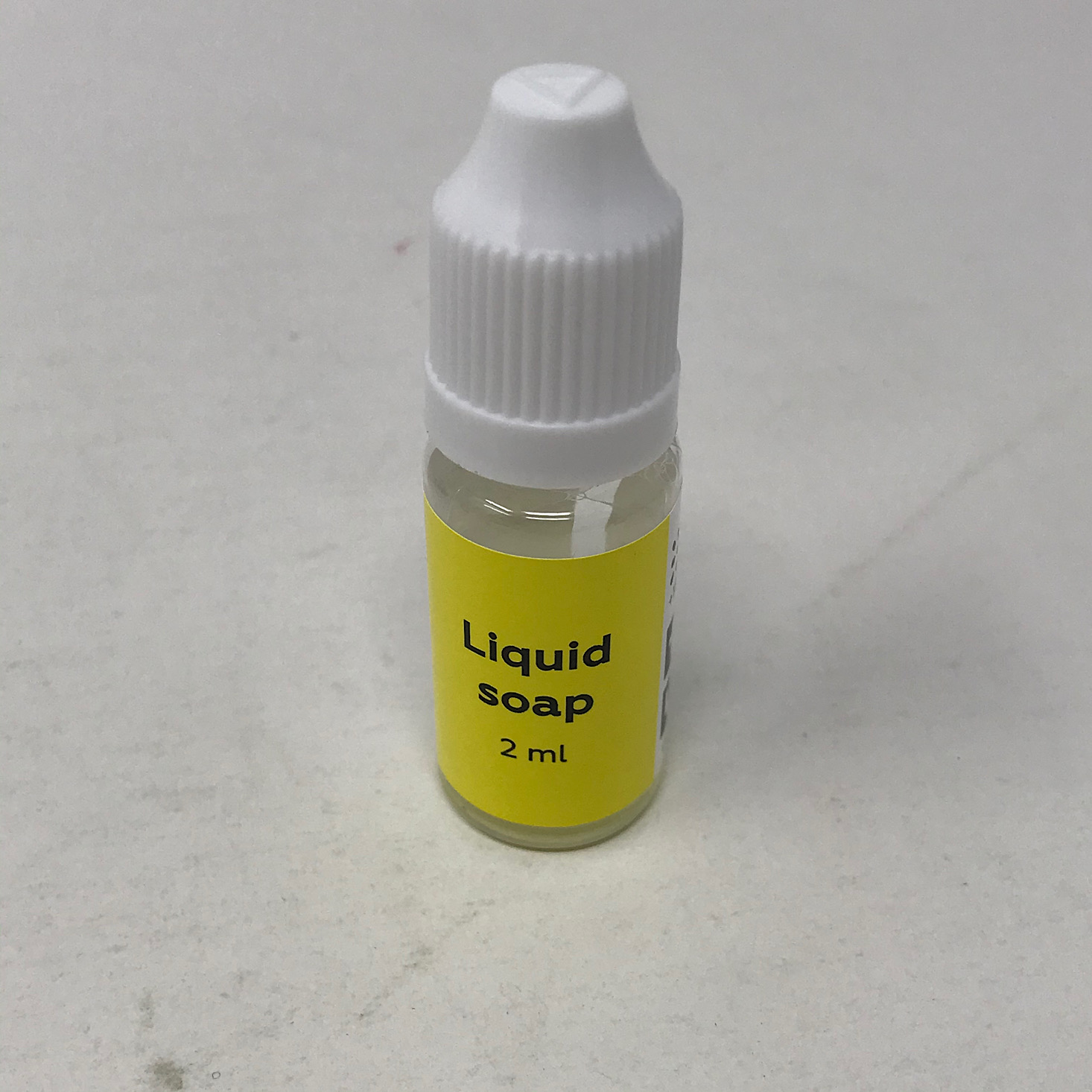
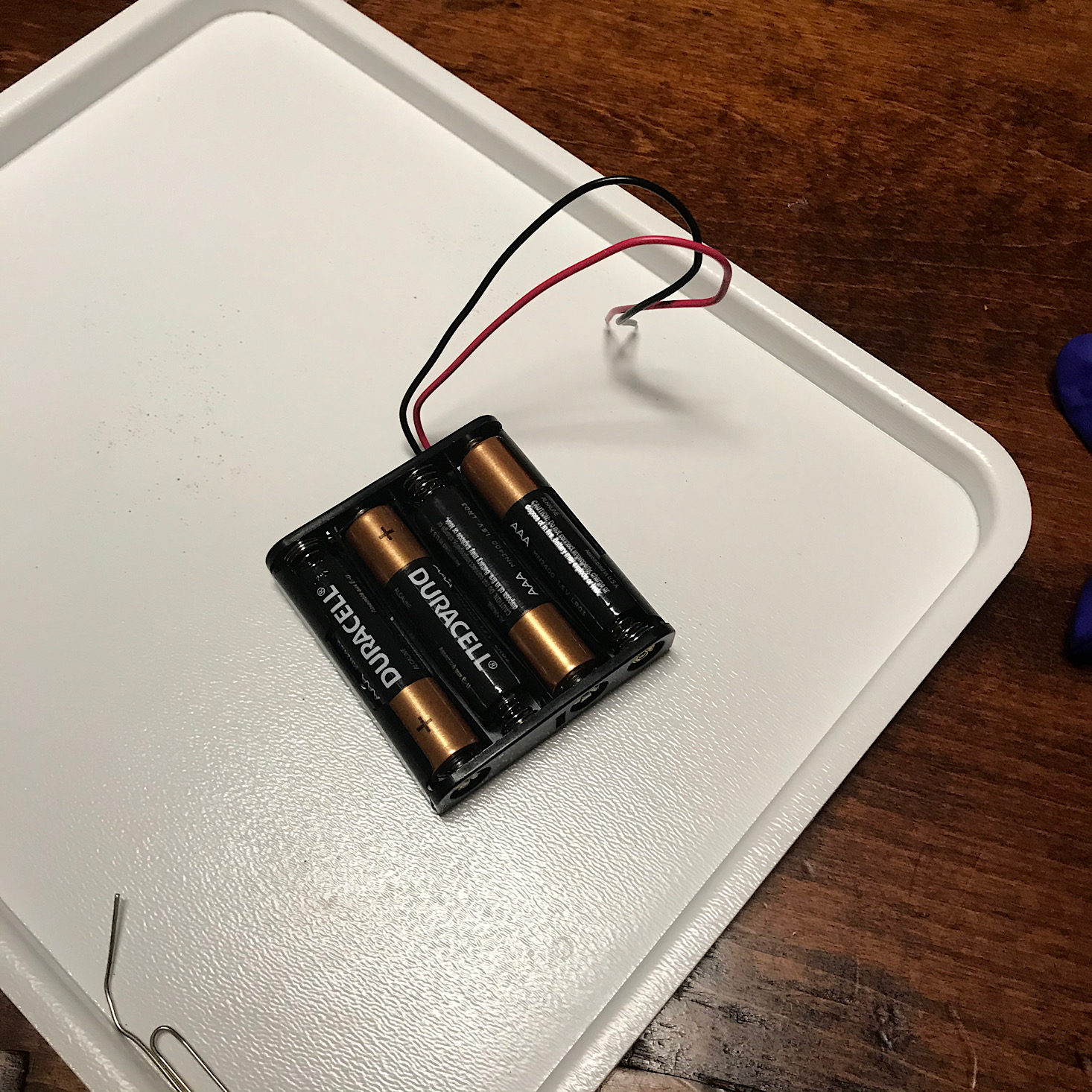
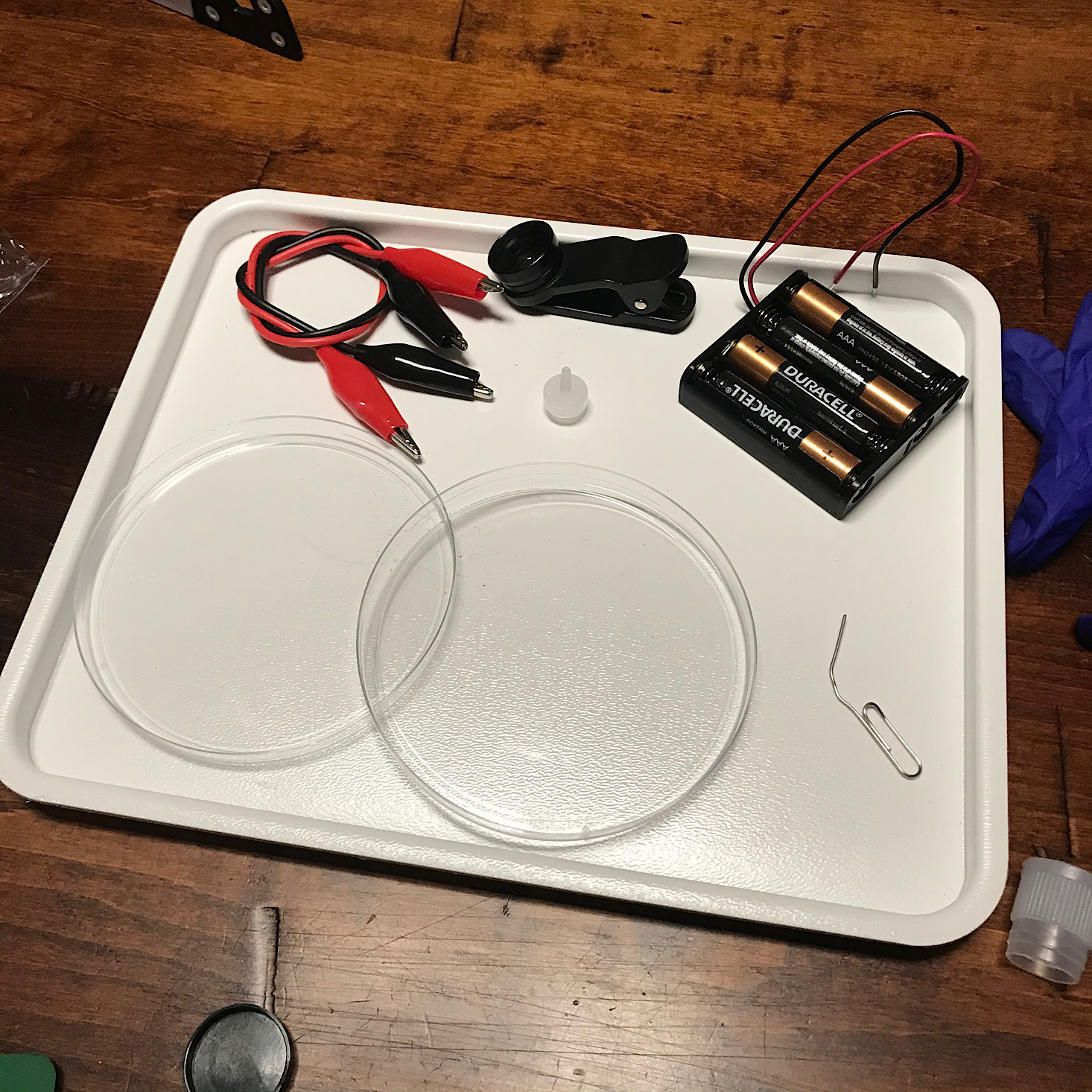
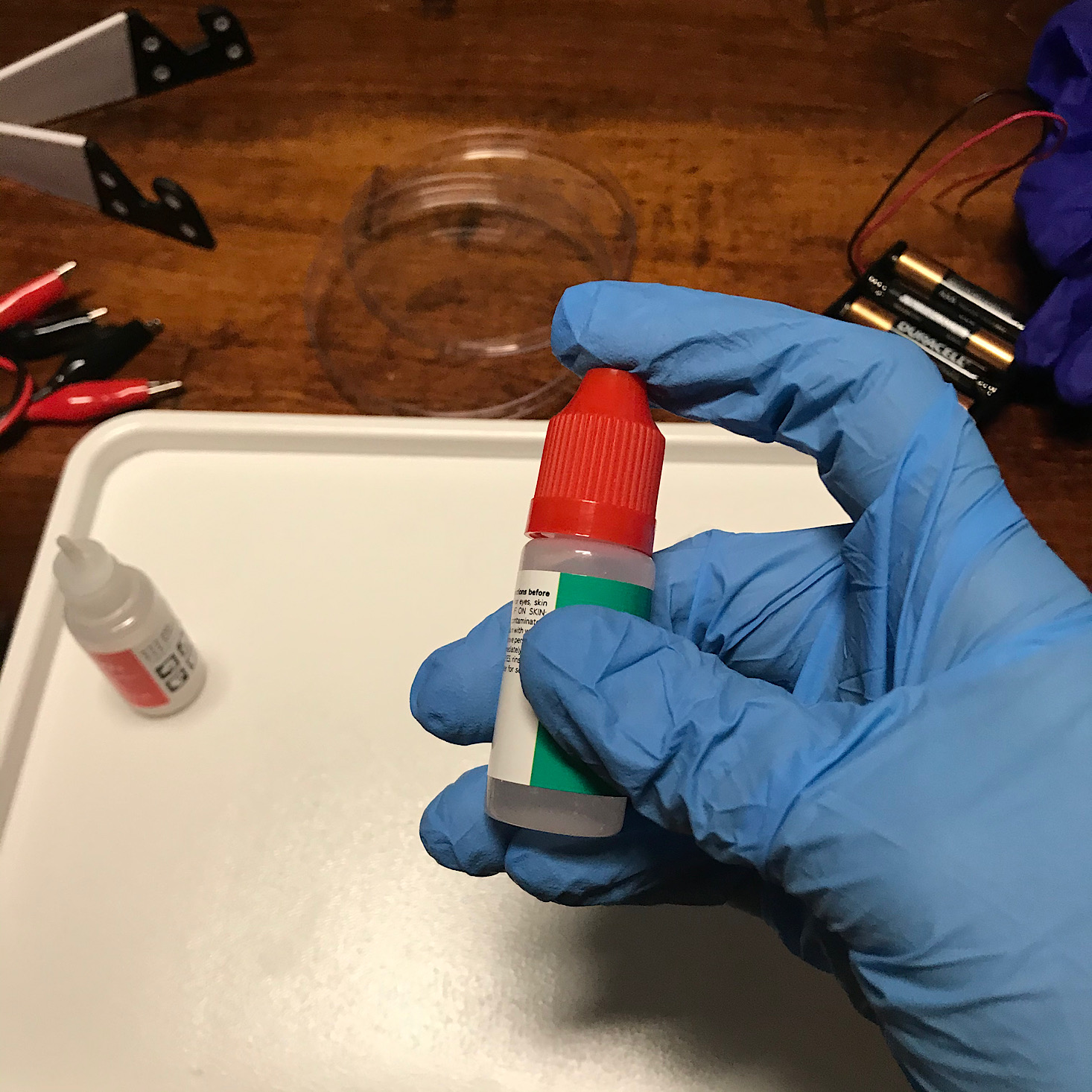
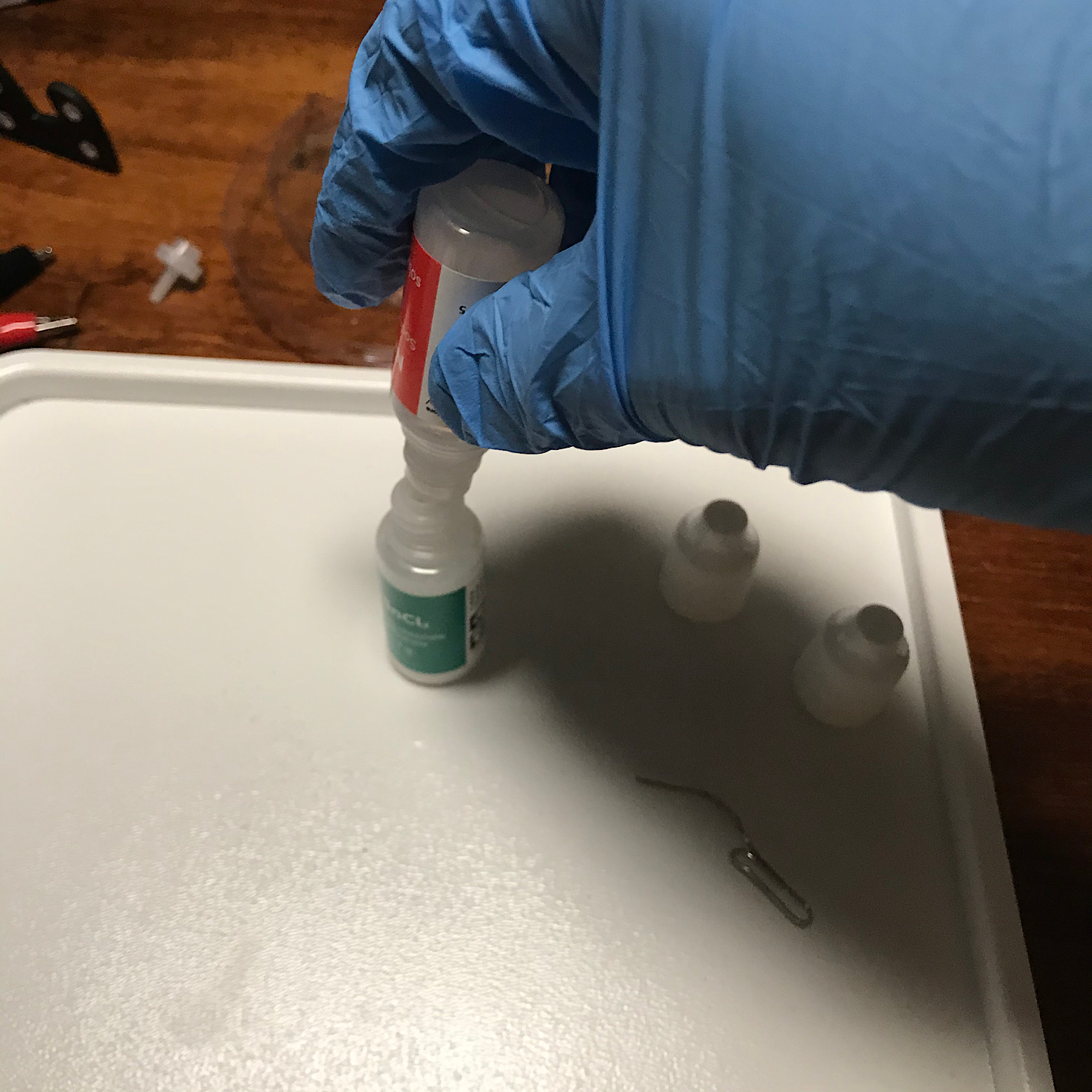
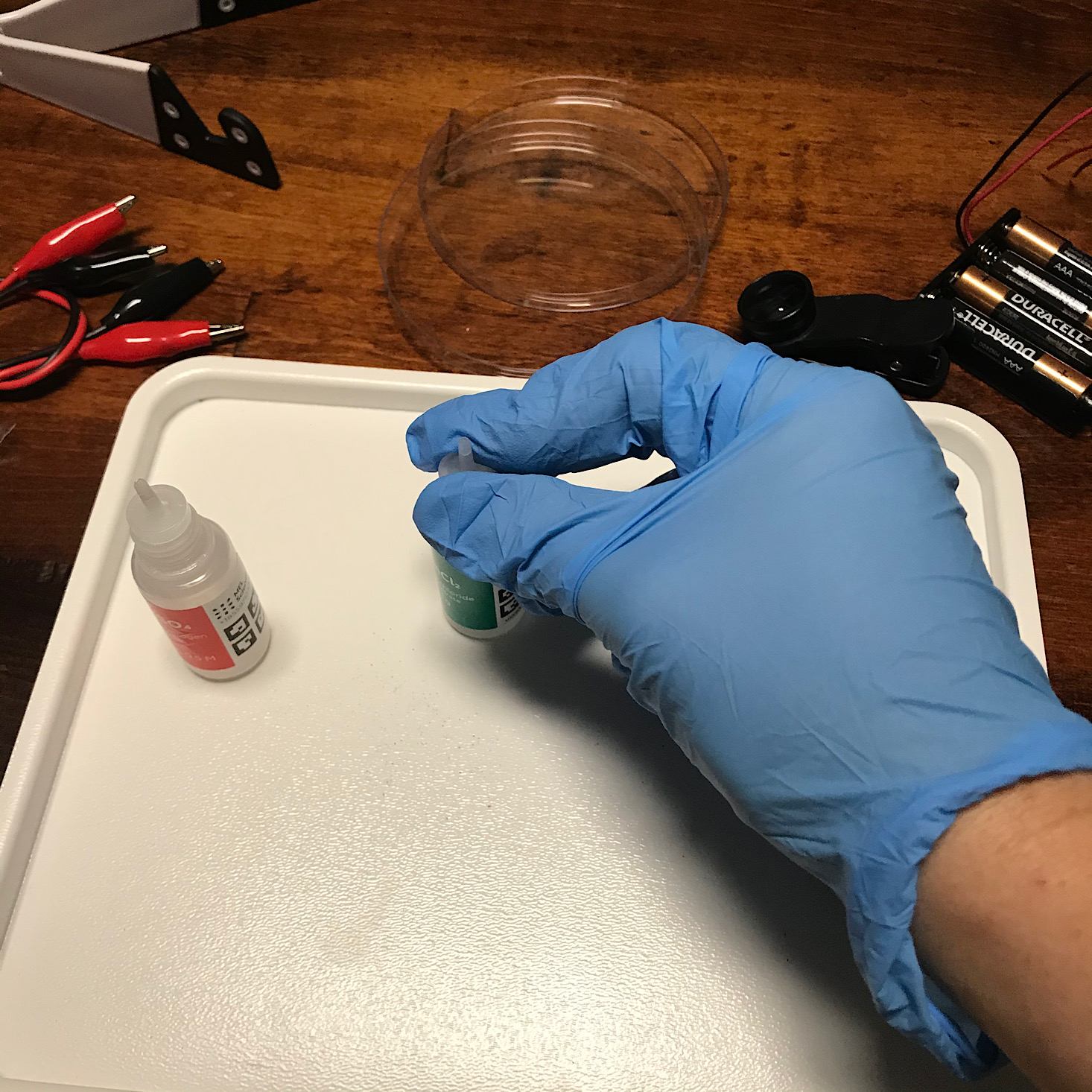
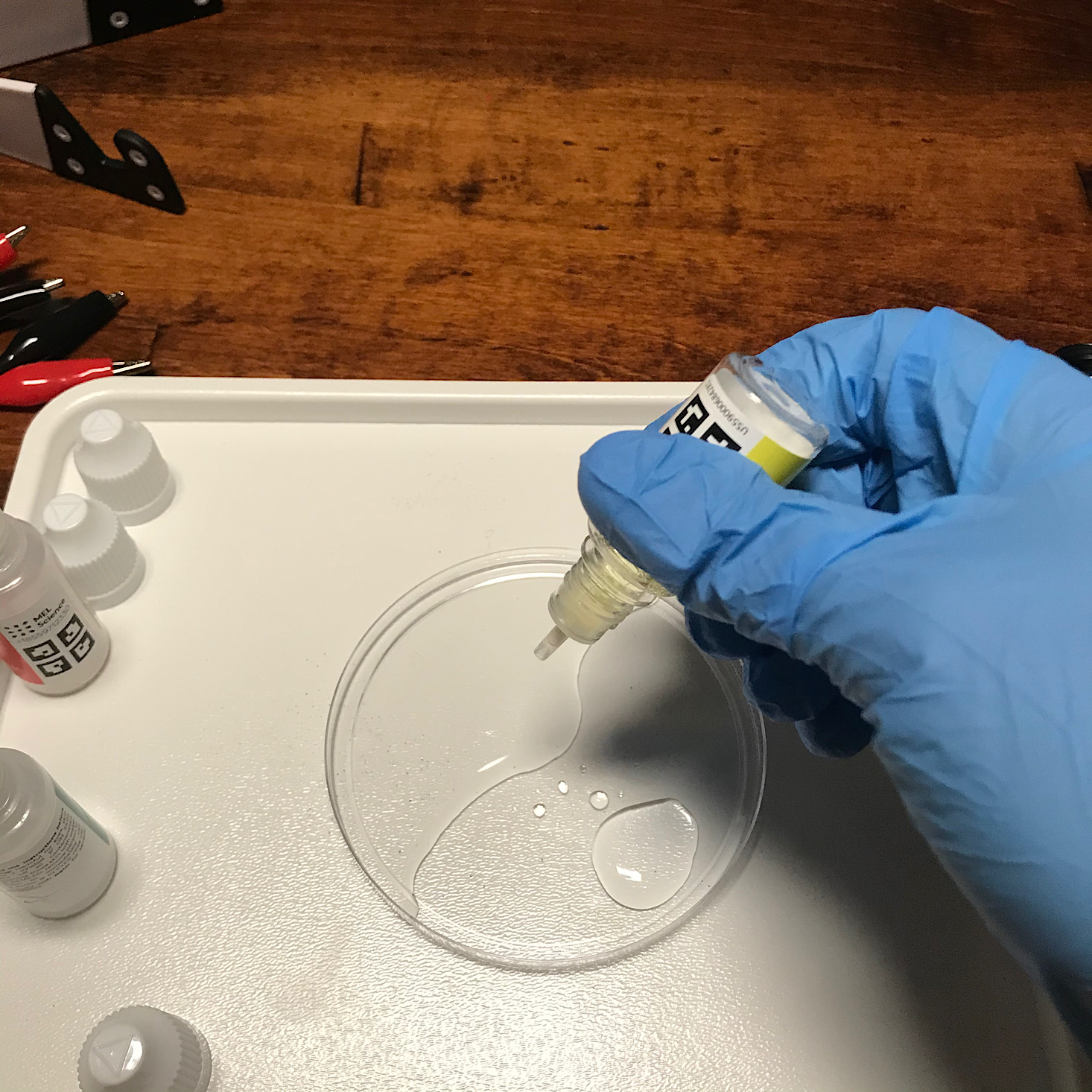
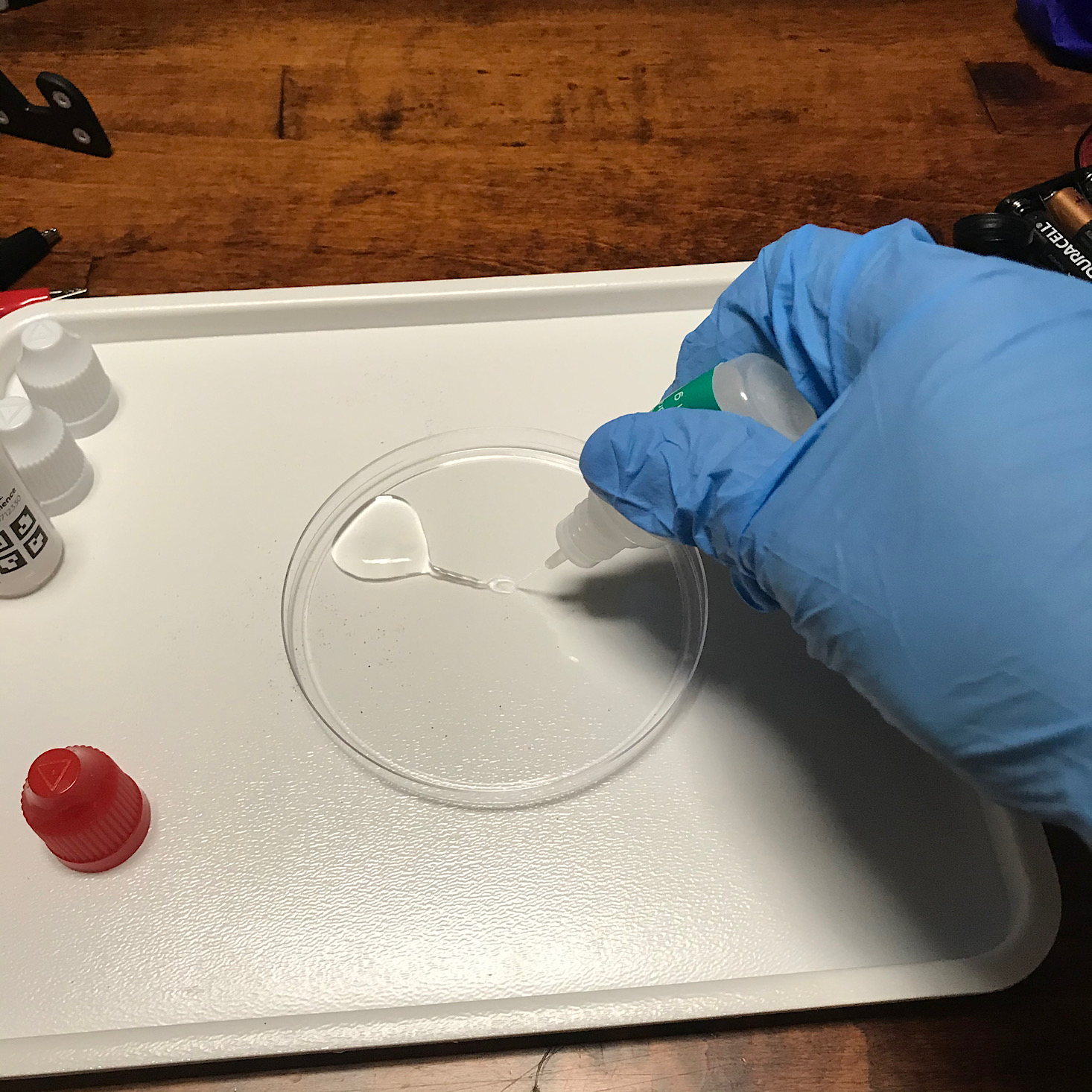
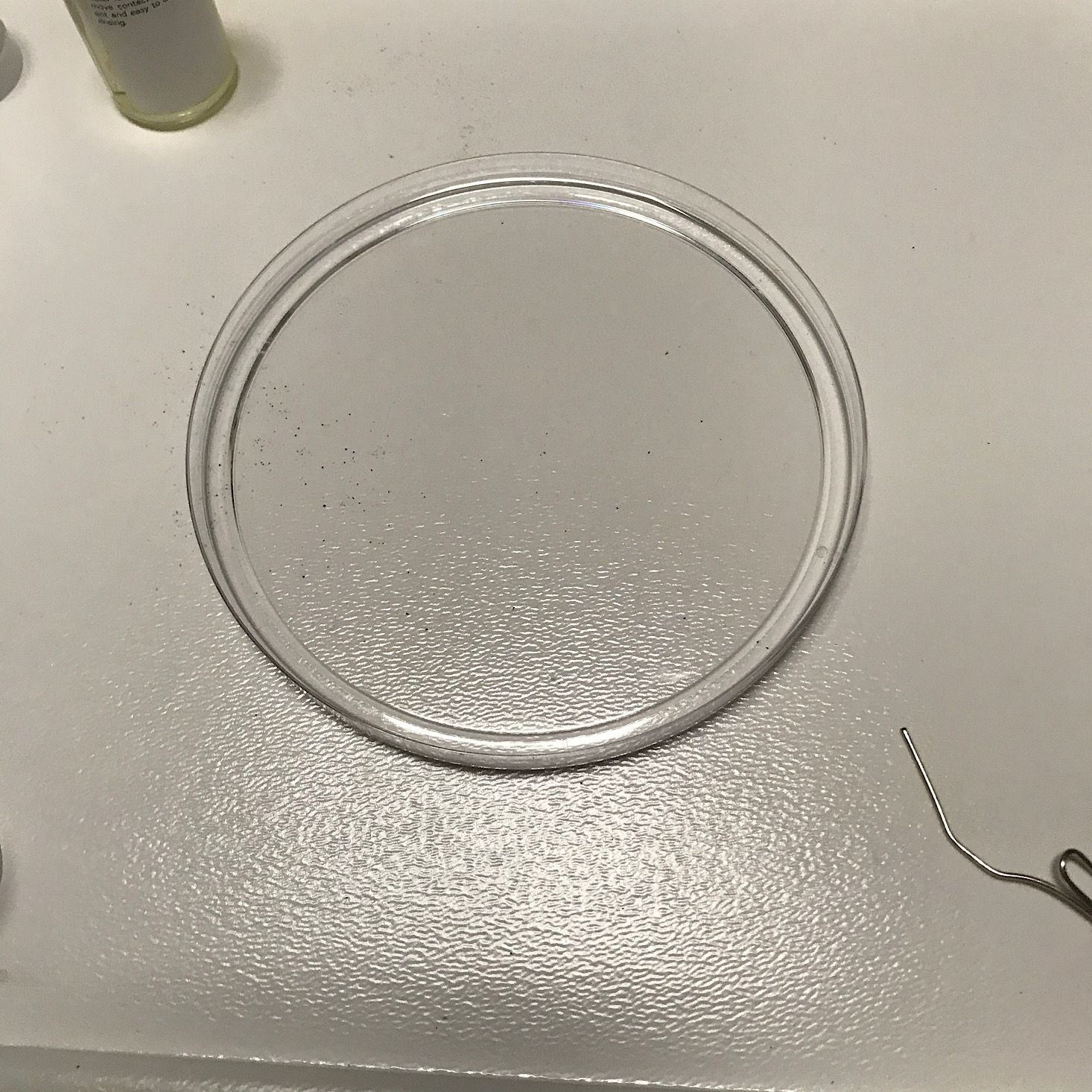
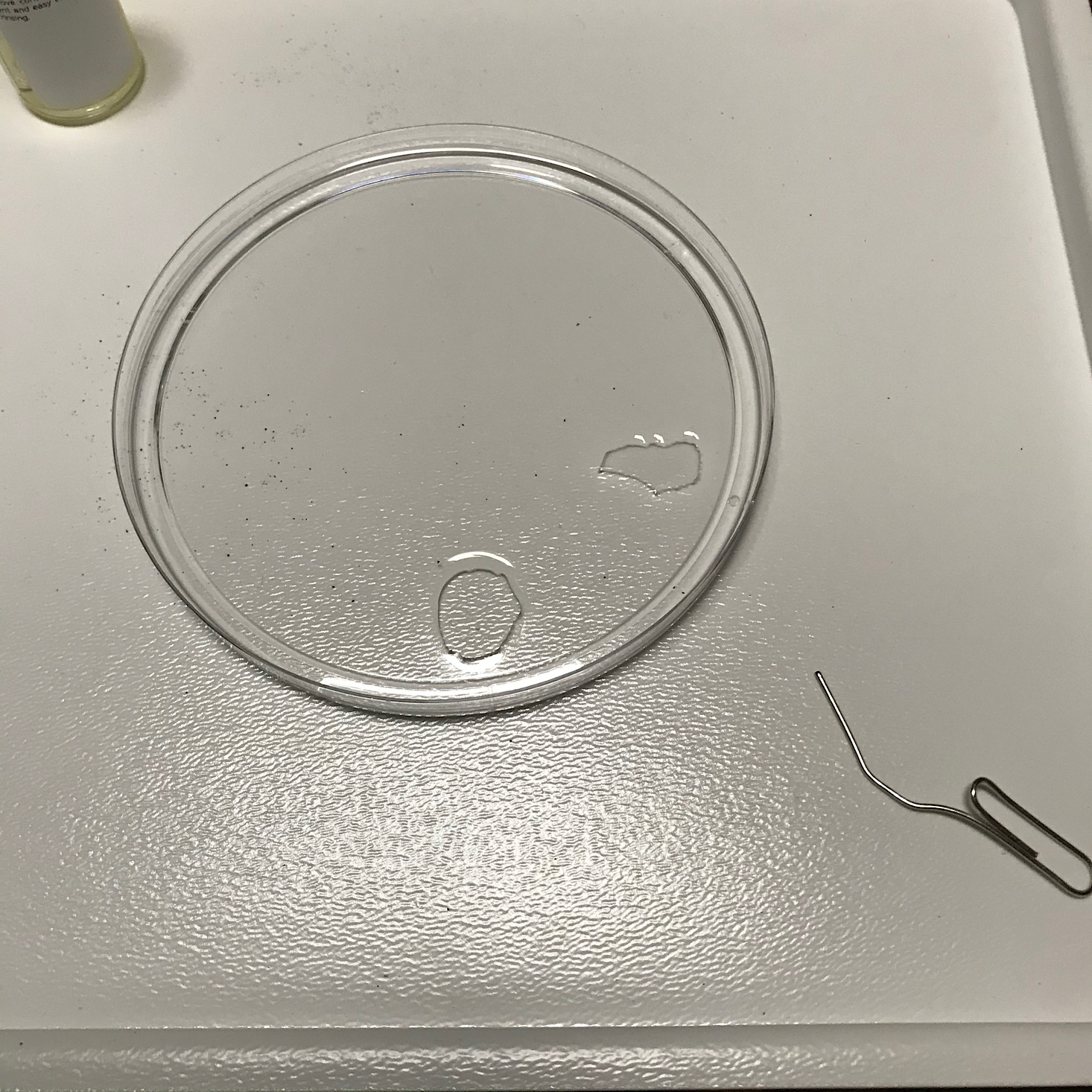
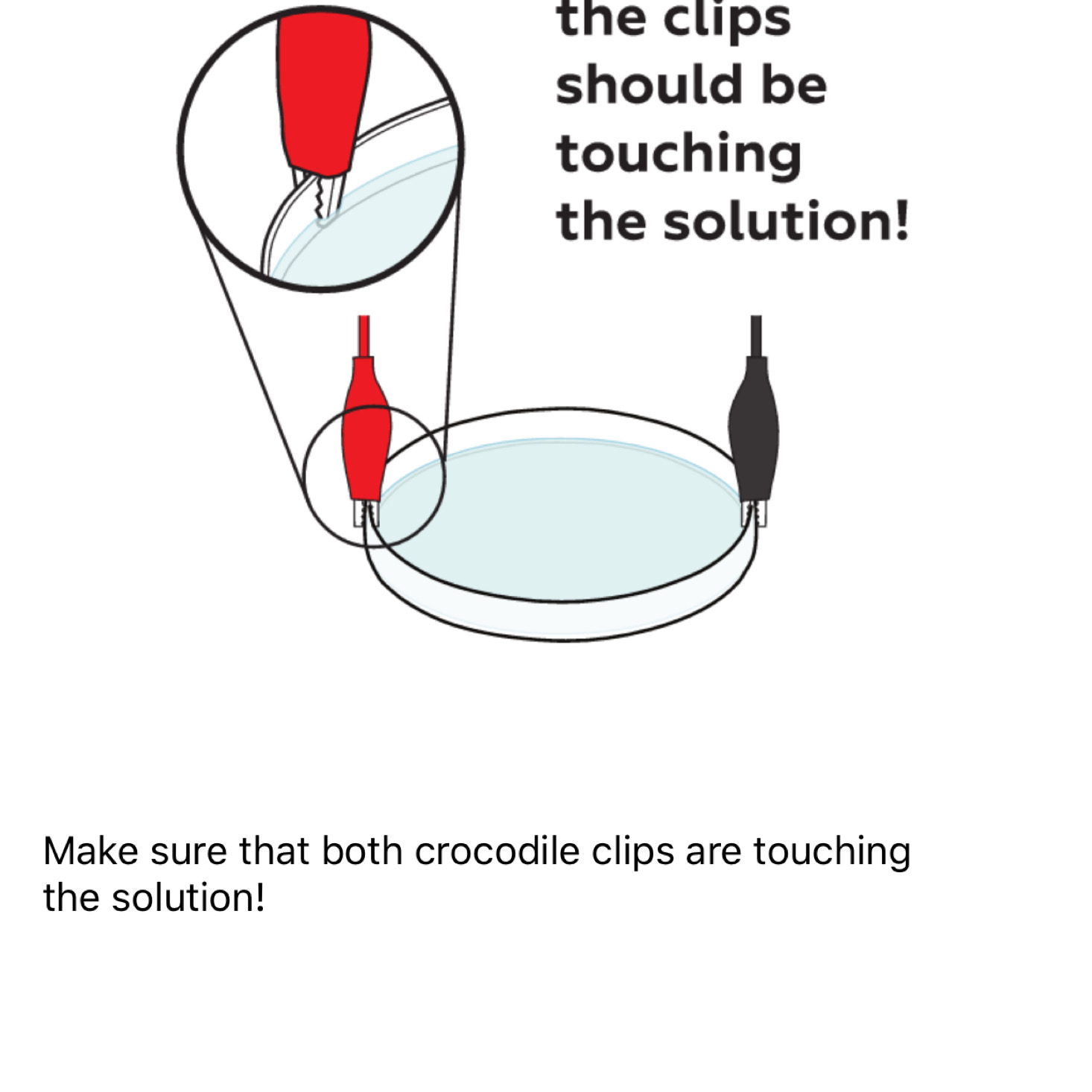
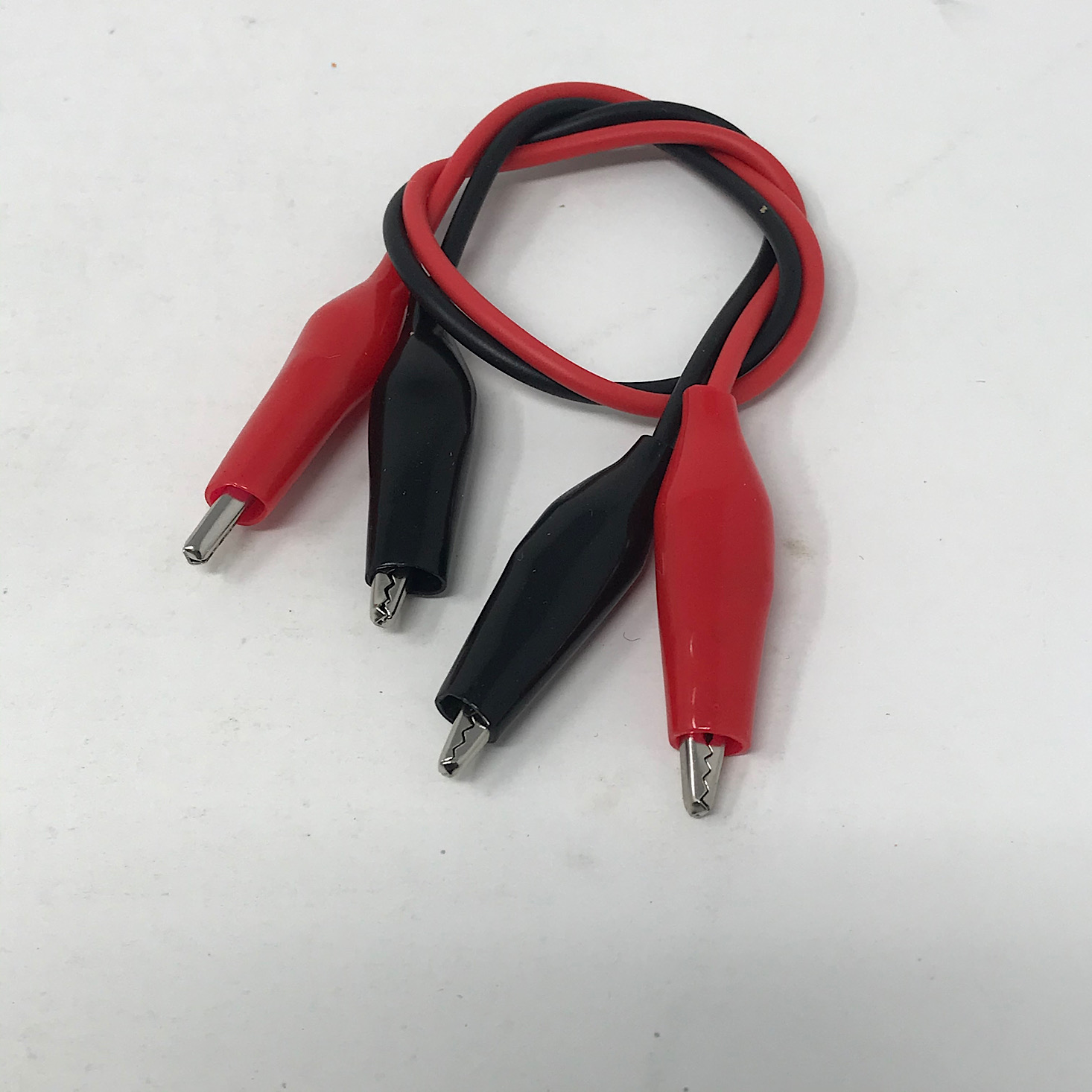
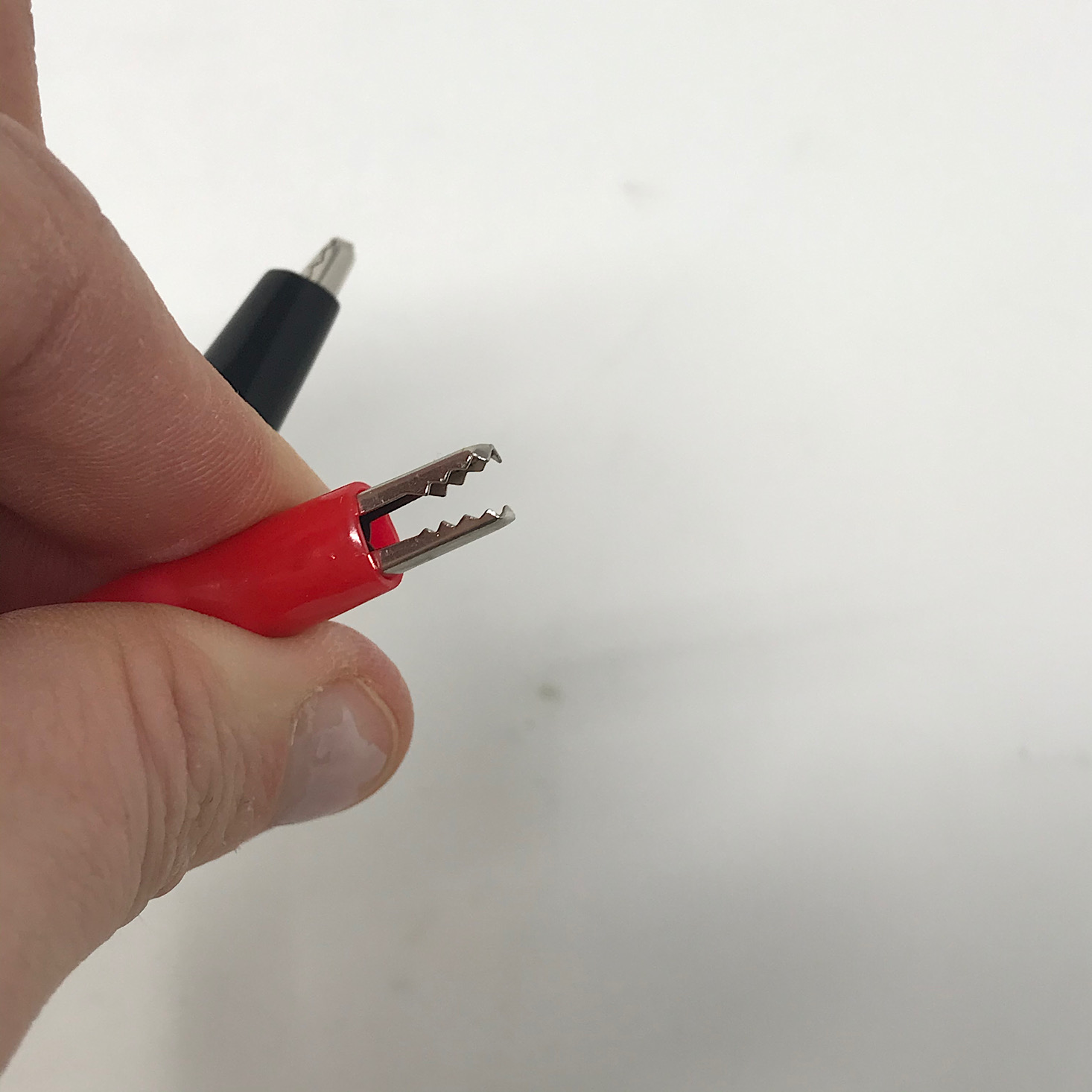
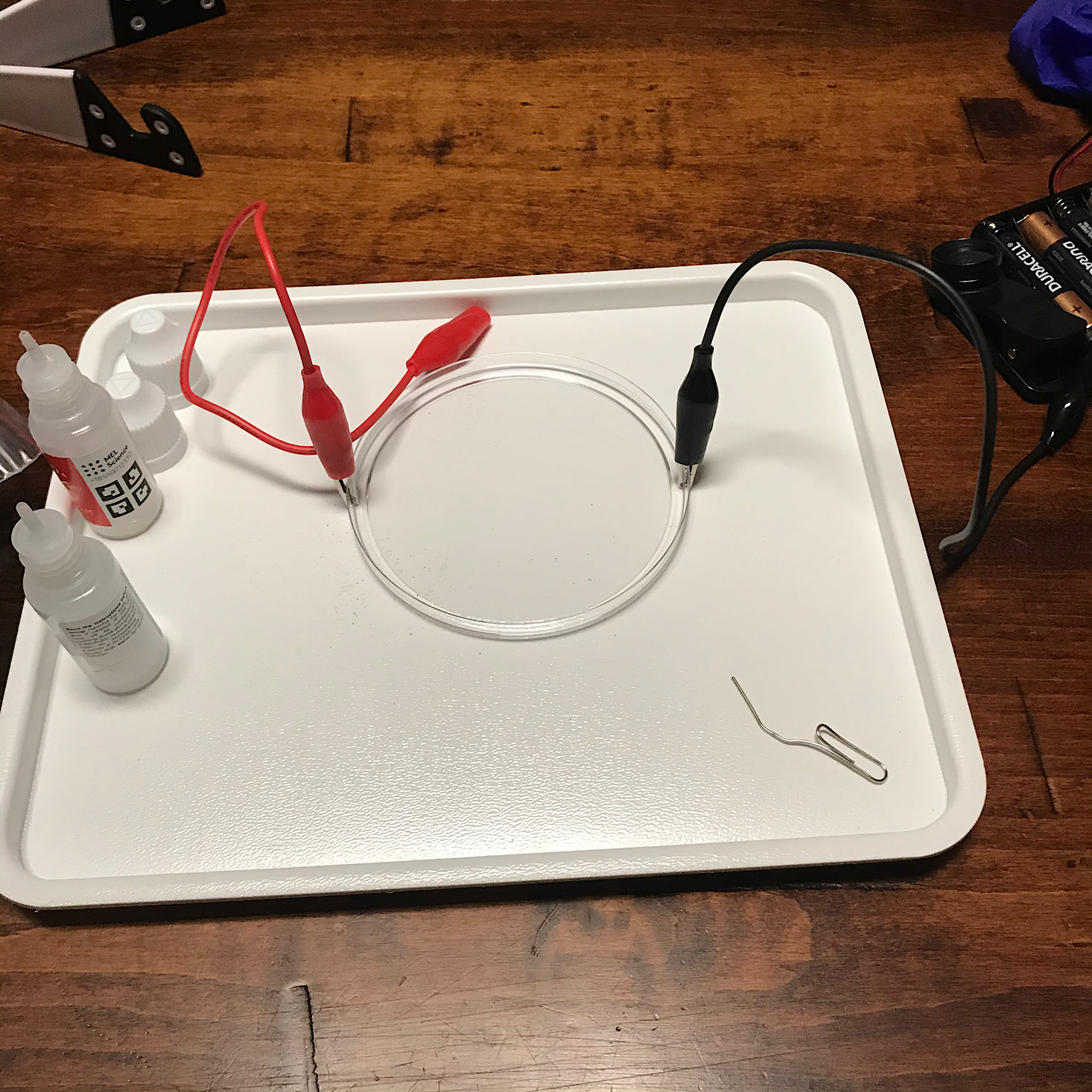


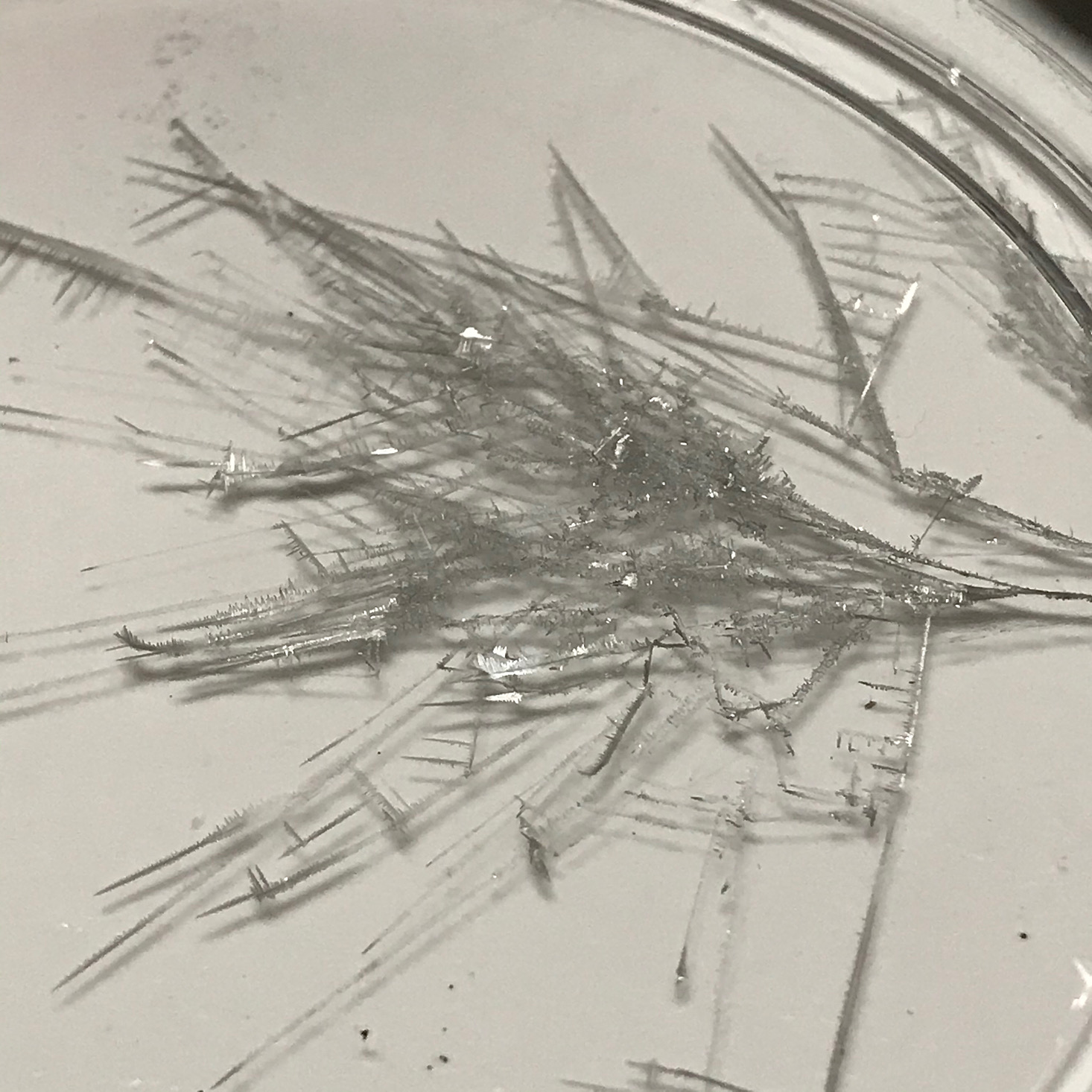

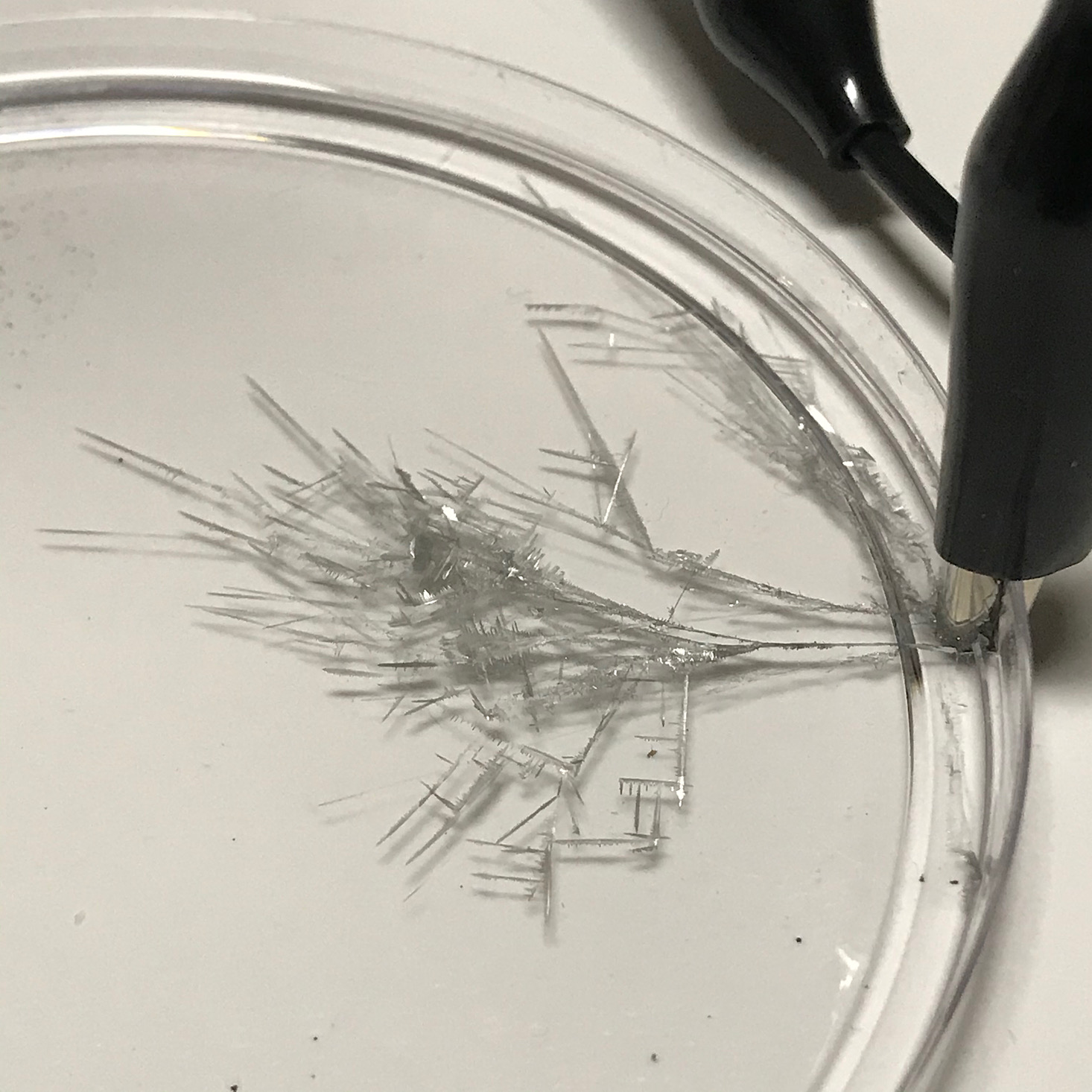

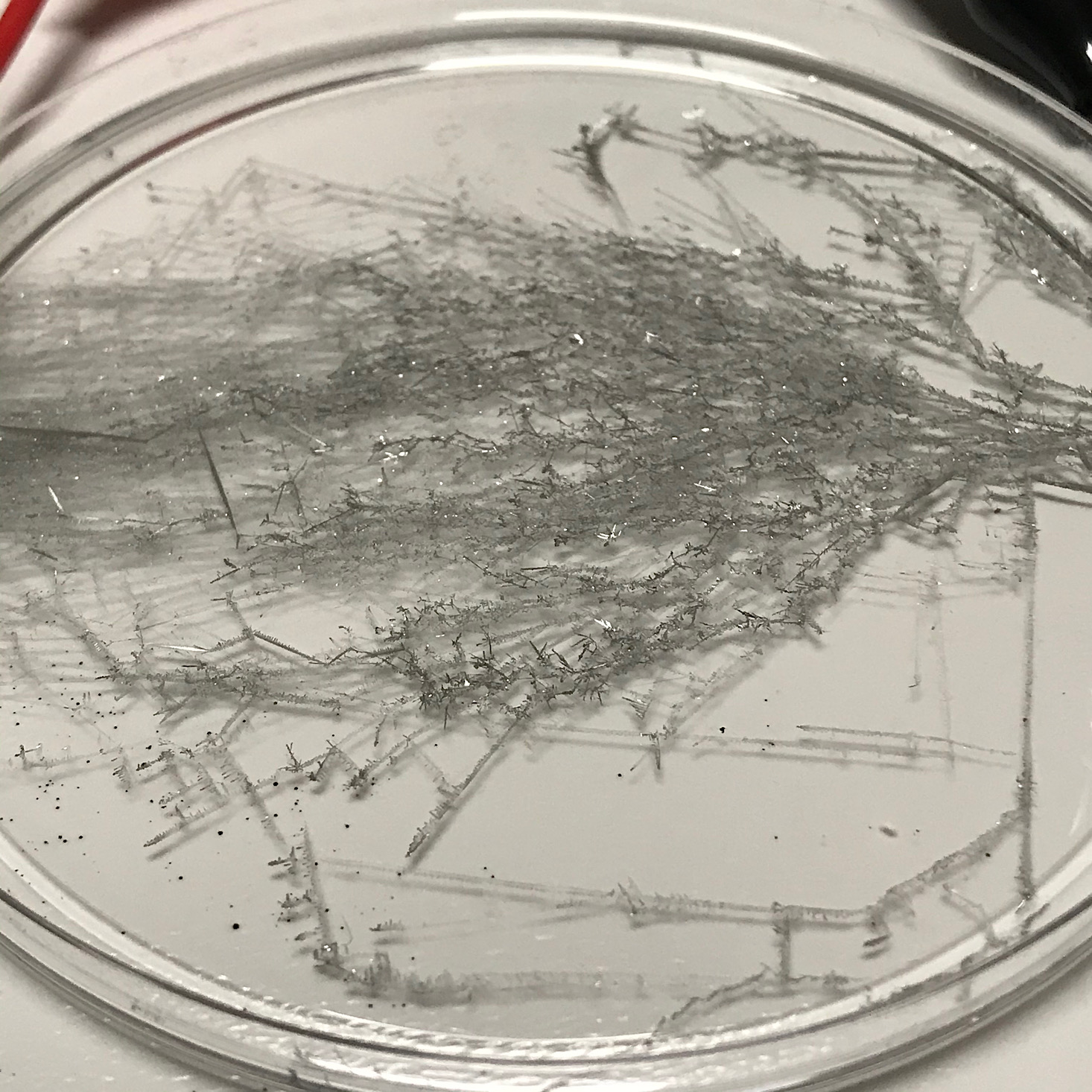



Please do not enter your email address in the Name field or in the comment content. Your email address will not be published. Required fields are marked *. Remember to post with kindness and respect. Comments with offensive language, cruelness to others, etc will not be approved. See our full comment policy here.